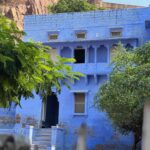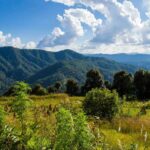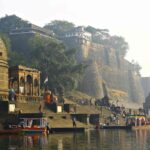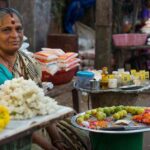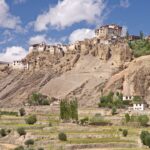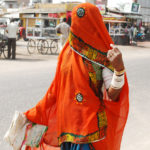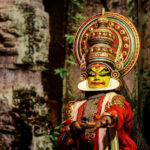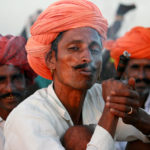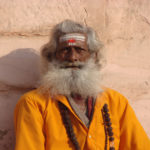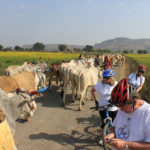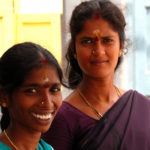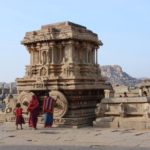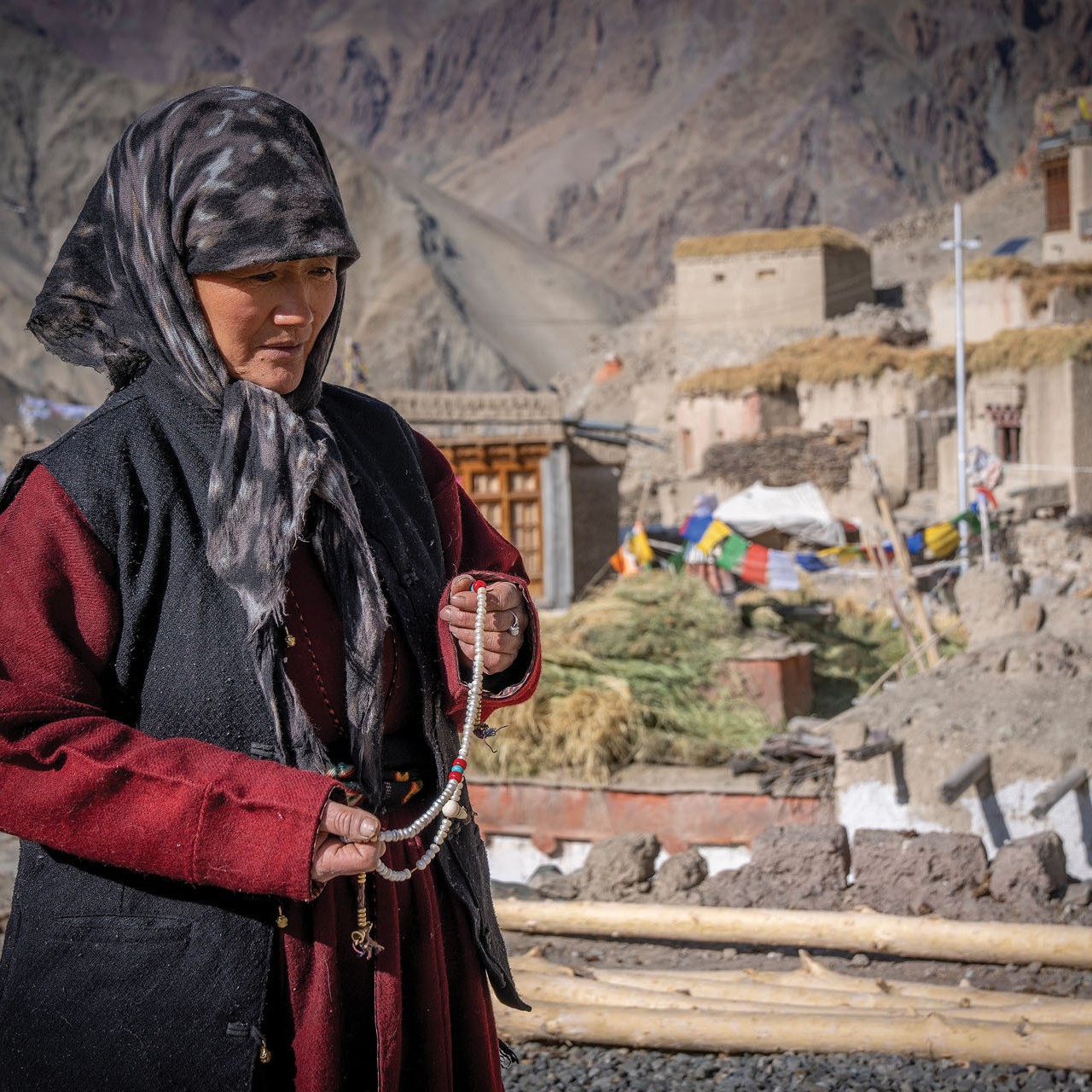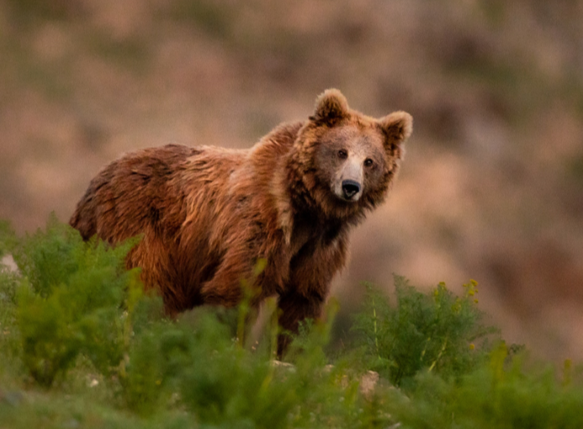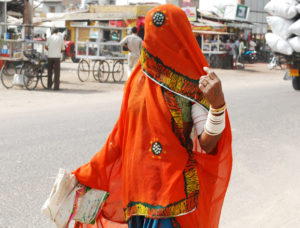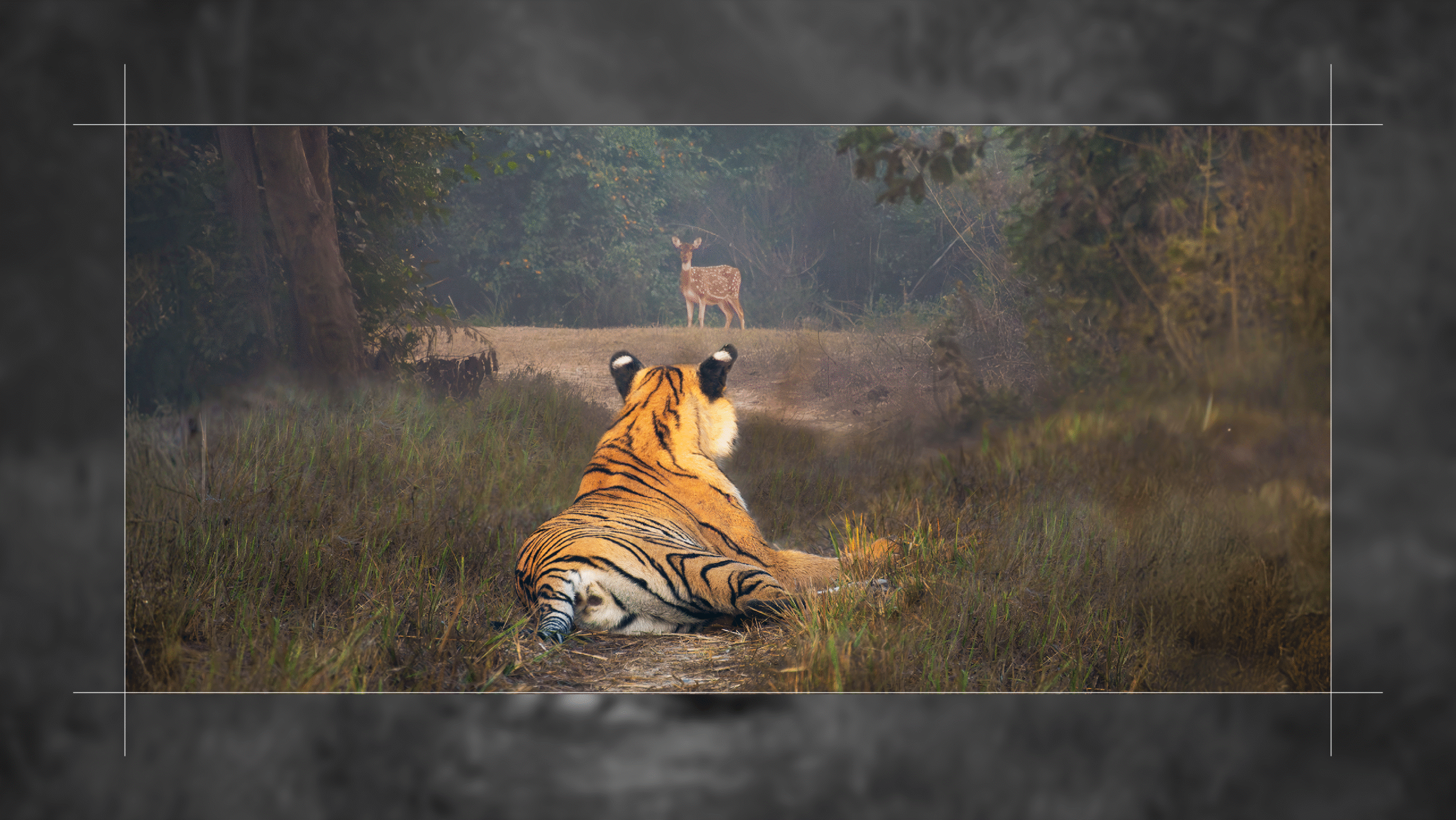Discover Infinite India
Mohan Narayanaswamy listed in Condé Nast Traveler's 2024 Top Travel Specilaists. Know More
- Our story
- Destinations
-
Itineraries
-
The Quiet Heart of the South
A journey through Karnataka’s royal cities, river forests, and hill sanctuaries
- 10 Days
- 4 Destinations
-
Rituals, Rivers & Rising Faiths
A journey through India’s living legacy of faith, empire, and tradition
- 14 Days
- 5 Destinations
-
Ladakh: Of Stone and Silence
Where Mountains Keep time and Rivers Carry Prayer
- 12 Days
- 8 Destinations
-
Rajasthan Beyond Palaces
Stories of stepwell feasts, leopard trails, and wild hills
- 13 Days
- 5 Destinations
-
In the Shadow of the Himalayas
Discover the wild beauty of the Himalayan foothills
- 12 Days
- 5 Destinations
-
Where Legends Live and Tigers Roam
Central India: Ancient Temples, Timeless Stories, and Untamed Nature
- 10 Days
- 4 Destinations
-
Rivers, Rhinos & Rhythms of the East
A Journey Through East & North-East India: Kolkata, Kaziranga & Brahmaputra
- 10 Days
- 4 Destinations
-
Palaces, Temples & Colonial Echoes
Retrace the Peninsular History of Kingdoms & Colonies in Tamil Nadu
- 10 Days
- 5 Destinations
-
Mountains, Monasteries & Monks
Discover the trans-Himalayan landscape and its people
- 9 Days
- 3 Destinations
-
- Experiences
- Stays
-

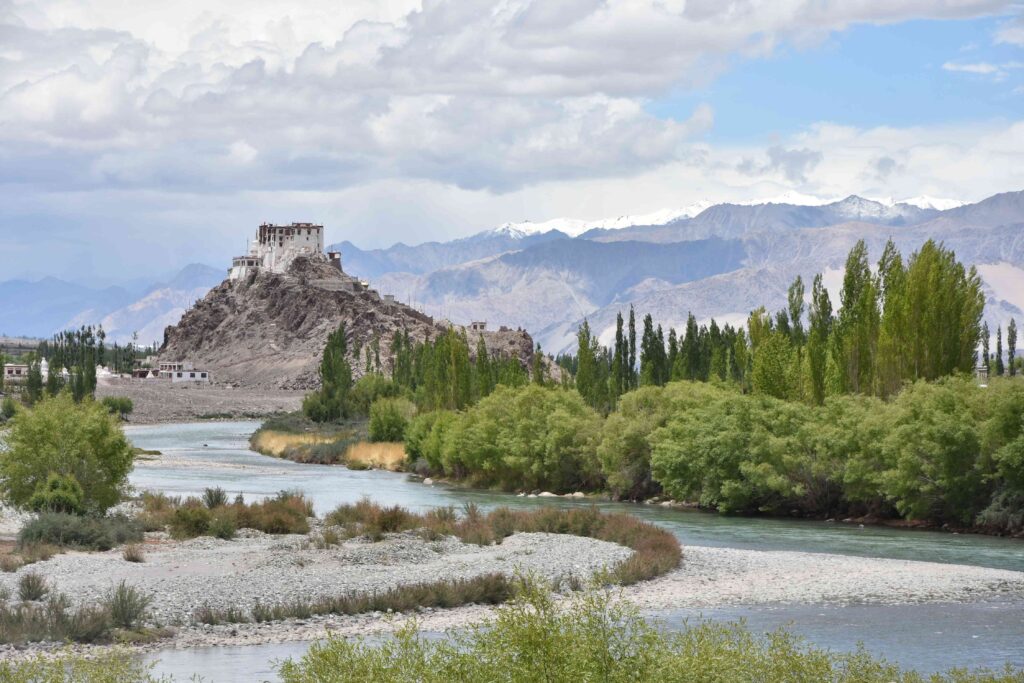

Ladakh: Of Stone and Silence
Where Mountains Keep time and Rivers Carry Prayer
At the northern edge of India, where mountains meet the sky, Ladakh unfolds as a land of blurred borders and blended cultures. Once a vital artery on the Silk Route, its valleys still hum with the memory of caravans that once carried stories, salt, and silk across the Himalayas.
This journey traces that ancient rhythm, from the monasteries of Leh to the Balti hamlets of Turtuk, from the sand dunes of Nubra to the heritage calm of Nimmoo. Along the way, mountain lodges and restored homes offer warmth against the wild, where apricot trees bloom beside stupas and rivers carve stories into stone.
Adventure replaces commerce here, yet the spirit remains unchanged – resilient, faithful, and timeless. In Ladakh, every road becomes a pilgrimage of light and silence, where mountains keep time, rivers remember, and the sky feels close enough to touch.
Highlights
-
![Visit Lena’s Pashmina Studio, where threads tell stories]()
Visit Lena’s Pashmina Studio, where threads tell stories
-
![Drive across Khardung La, where the sky feels close]()
Drive across Khardung La, where the sky feels close
-
![Explore Turtuk, the last Balti village on India’s frontier]()
Explore Turtuk, the last Balti village on India’s frontier
-
![Experience a serene, curated dinner at Tsamkhang]()
Experience a serene, curated dinner at Tsamkhang
-
![Join the dawn prayers at Thiksey Monastery]()
Join the dawn prayers at Thiksey Monastery
-
![Witness sacred art restored at Shesrig]()
Witness sacred art restored at Shesrig
Destinations Covered
Best Time to Visit
-
Not advisable
jan
-
Not advisable
feb
-
Not advisable
mar
-
Great time to visit
apr
-
Great time to visit
may
-
Great time to visit
jun
-
Great time to visit
july
-
Great time to visit
aug
-
Great time to visit
sep
-
Good time to visit
oct
-
Good time to visit
nov
-
Not advisable
dec

Programme Details
Leh
Day: 1-3
Early this morning, fly from Delhi to Leh, the high-altitude capital of Ladakh. On arrival, settle into your stay and let the day unfold slowly - a time to rest, breathe deeply, and let your body adjust to the rhythm of the mountains.
Begin your day tracing the quiet heritage of Leh - from the 17th-century Leh Palace, where the Namgyal kings once looked over the valley, to LAMO, a thoughtfully restored arts space that nurtures contemporary Ladakhi voices. Walk down to Shesrig, a remarkable conservation studio where age-old thangkas and monastery artefacts find new life through careful restoration. Pause for a slow, local lunch at Tsamkhang Kitchen, where Chef Jigmet reimagines Ladakh’s flavours with warmth and precision. Later, wander through Leh’s lively market streets, and as evening falls, watch the light fade from the heights of Shanti Stupa, where silence meets the setting sun.
Begin your morning at Thiksey Monastery, where chants rise with the first light and the air hums with quiet devotion. Join the monks for their morning prayers, then walk through the monastery’s frescoed halls before sharing a simple cup of butter tea - warm, salty, and full of mountain comfort. Continue to Hemis Monastery, a 17th-century masterpiece of Tibetan Buddhist art and architecture. Tucked amid rugged slopes, it remains one of Ladakh’s most revered monastic seats, its murals, courtyards, and assembly halls alive with centuries of faith. In the afternoon, step into a Pashmina studio to witness the delicate craft that has long sustained Ladakh’s highland communities. End the day in the home of a local family, learning the slow ritual of making butter tea, a gesture of welcome and shared warmth in this cold desert.
Recommended Activities
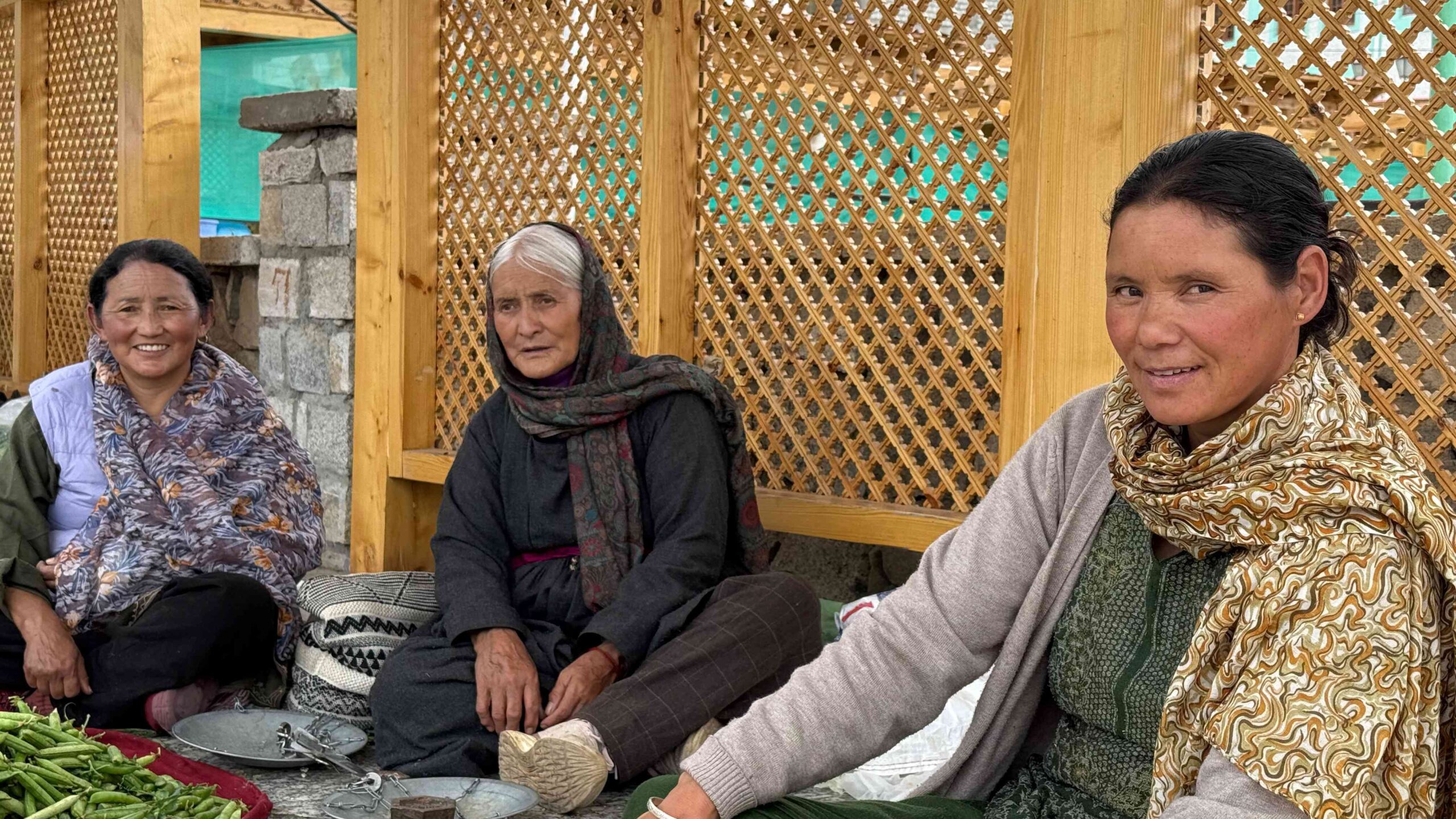
Leh Market
 Arts, Crafts & Textiles
Arts, Crafts & Textiles
At the heart of Leh, the market hums with colour and character - rows of prayer flags flutter above stalls selling pashmina shawls, silver jewellery, apricots, and butter lamps. Between Tibetan prayer wheels and Ladakhi teahouses, travellers and locals meet in easy rhythm. It’s not just a market; it’s where the Himalayas trade their stories.
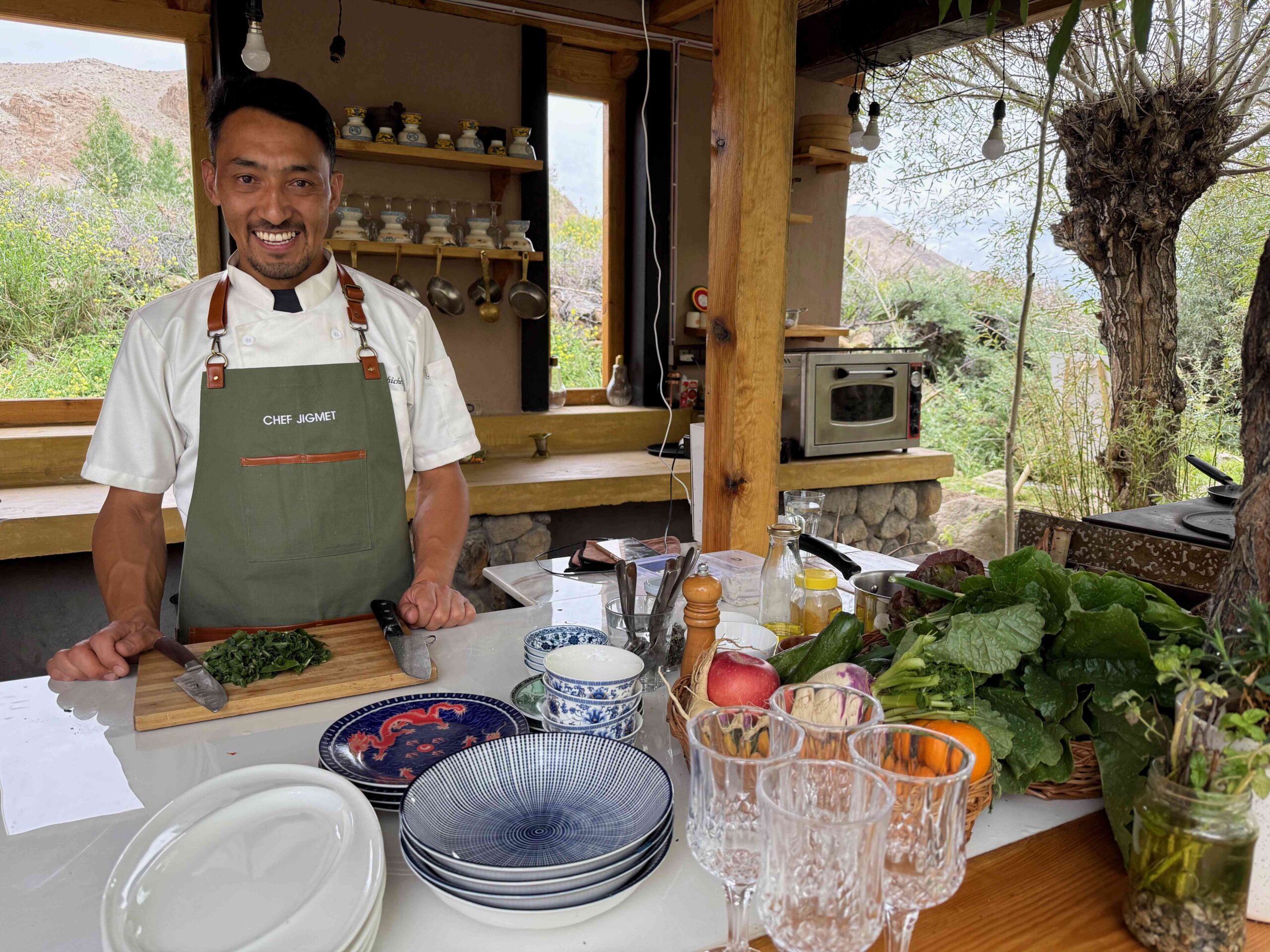
Tsamkhang Kitchen, Leh
 Arts, Crafts & Textiles
Arts, Crafts & Textiles
Tucked within Leh’s quiet lanes, Tsamkhang Kitchen brings together Ladakh’s spiritual calm and modern culinary creativity. Once part of a monastic guesthouse, this intimate space now reimagines traditional Himalayan cuisine through a sustainable, seasonal lens. Locally grown grains, wild herbs, and mountain vegetables form the heart of every dish, served in handcrafted pottery that honors Ladakhi artistry. The ambience is meditative - stone walls, soft light, and the lingering scent of butter tea. At Tsamkhang, dining becomes reflection, where every meal tells the story of a land that nourishes both body and spirit.
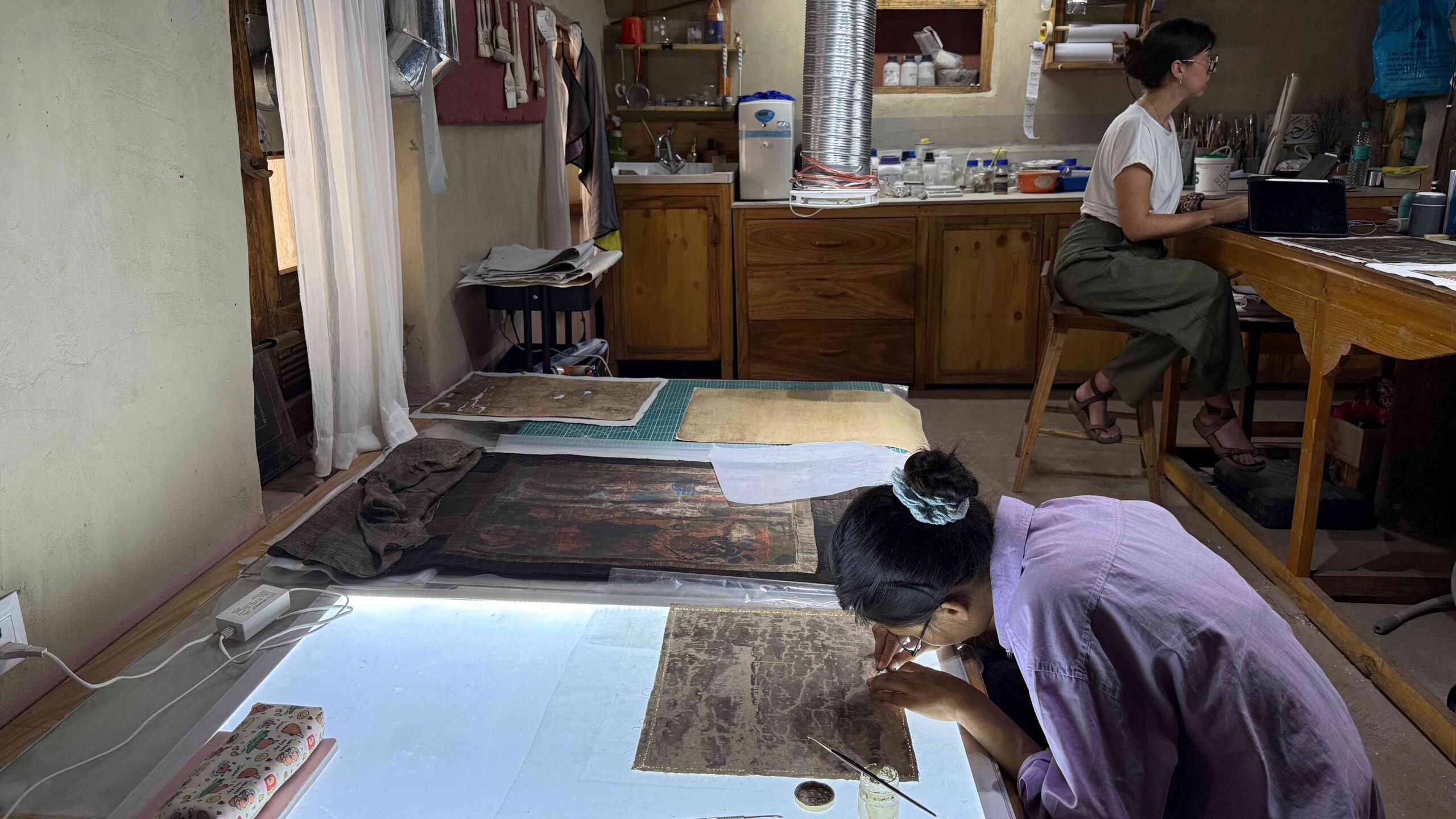
Shesrig Art Conservation Studio at Leh
 Arts, Crafts & Textiles
Arts, Crafts & Textiles
Housed within the restored Choskor House in Leh, Shesrig Ladakh is an art conservation studio and foundation dedicated to preserving Ladakh’s fragile cultural heritage. Founded by conservationist Noor Jahan and her cousin Wajeeda Tabassum, Shesrig works to restore thangkas, manuscripts, and sacred art while training young artisans through its conservation fellowship. The studio doubles as a community hub where monks, elders, and artists come together to keep memory alive. Supported by the German Embassy and Achi Association India, Shesrig is both workshop and sanctuary - a place where Ladakh’s heritage breathes again through every restored brushstroke.
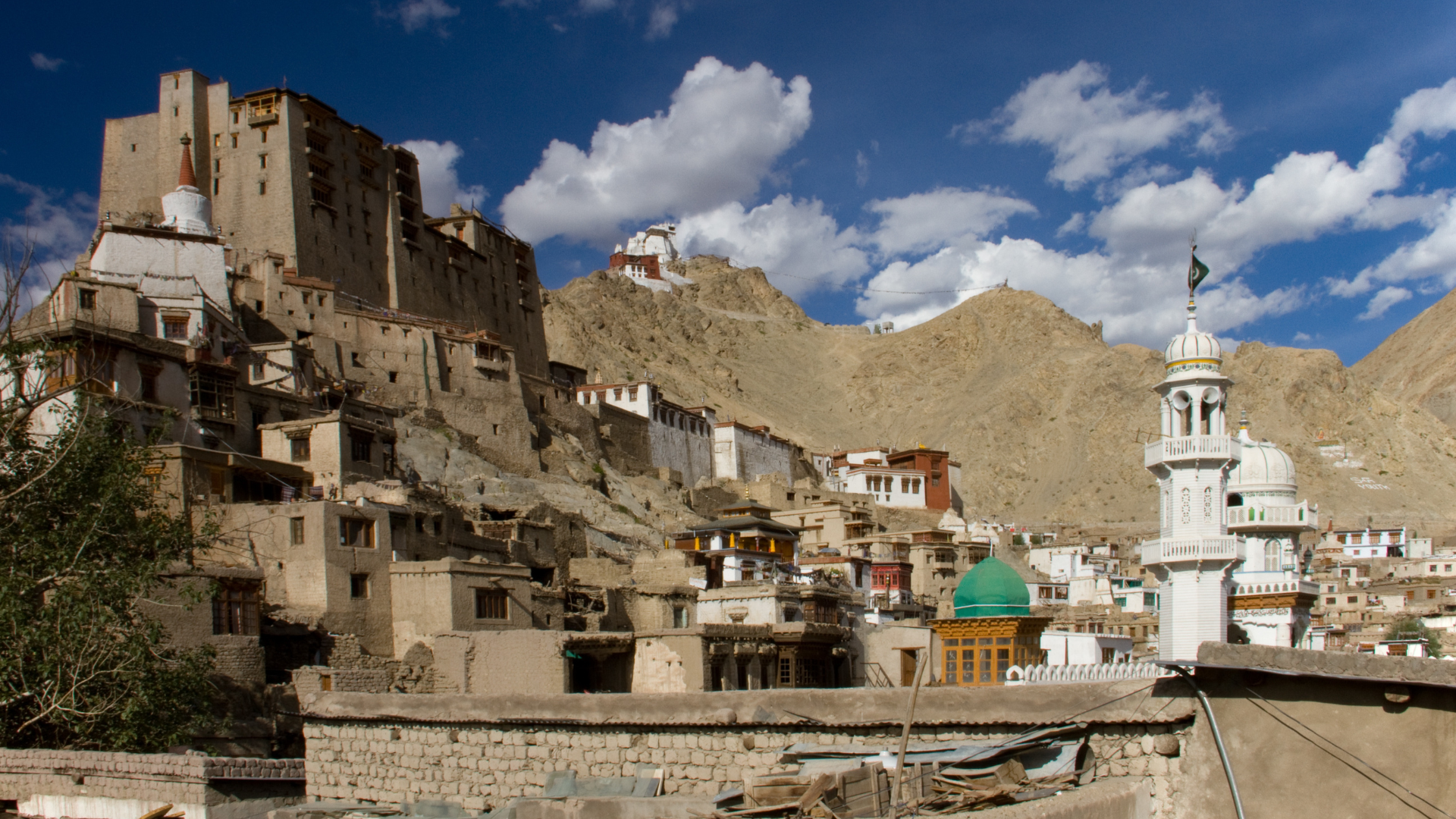
Leh Palace
Art & Architecture
Rising over the old town like a guardian of stone, Leh Palace stands as a quiet echo of Ladakh’s royal past. Built in the 17th century by King Sengge Namgyal, its weathered walls once housed monarchs who ruled the Trans-Himalayan trade routes. From its terraces, the view stretches across the Stok Kangri range and the maze of Leh’s old bazaar below. Though time has softened its grandeur, the palace remains a place of reflection - where every corridor carries the hush of history and the whisper of mountain winds.
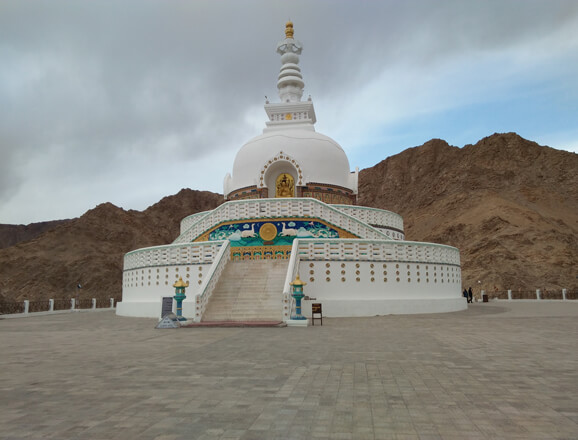
Sunset at Shanti Stupa
 Beliefs & Rituals
Beliefs & Rituals
Shanti Stupa literally means the Peace Pagoda, and it was built in the 1990s to enshrine Lord Buddha's relics and resurrect Buddhism in India. Built by the Japanese and Ladakhi Buddhists, the stupa denotes the 'dharma chakra' - the turning wheel of cosmic law and order and the life cycle of the Buddha - offering a glimpse into the philosophies that define this religion. At sunset, the Stupa presents as a vantage point for a brilliant spectacle of Leh town. The air carries a crisp chill as the golden light blankets Leh's alleys, monasteries, and vibrant markets, painting a beautiful..
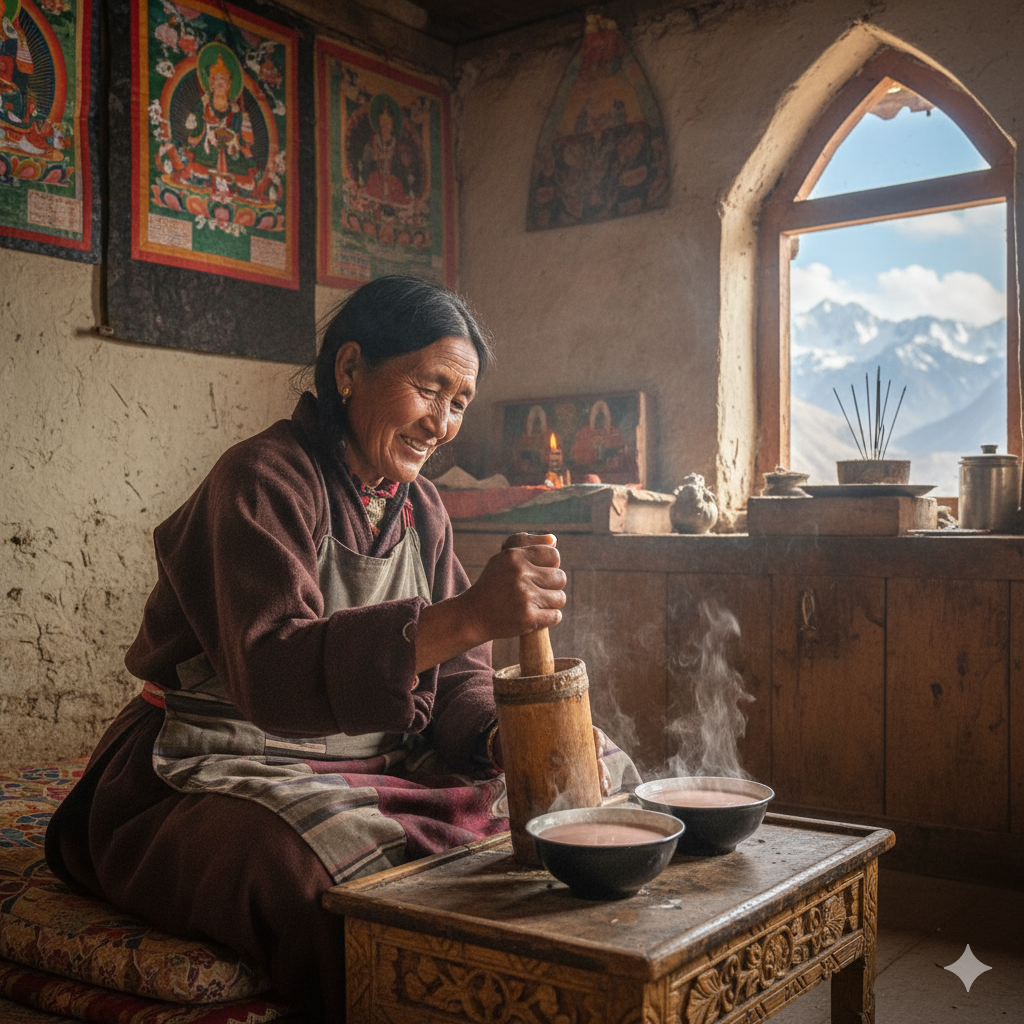
Butter Tea Making
 Beliefs & Rituals
Beliefs & Rituals
Butter tea, or gur-gur cha, is Ladakh in a cup - salty, creamy, and brewed for both warmth and welcome. In a traditional Ladakhi kitchen, guests can learn to churn hot tea, butter, and salt in tall wooden vessels, just as families have done for generations. More than a drink, it’s a ritual of sharing - a gesture of hospitality that turns strangers into friends.
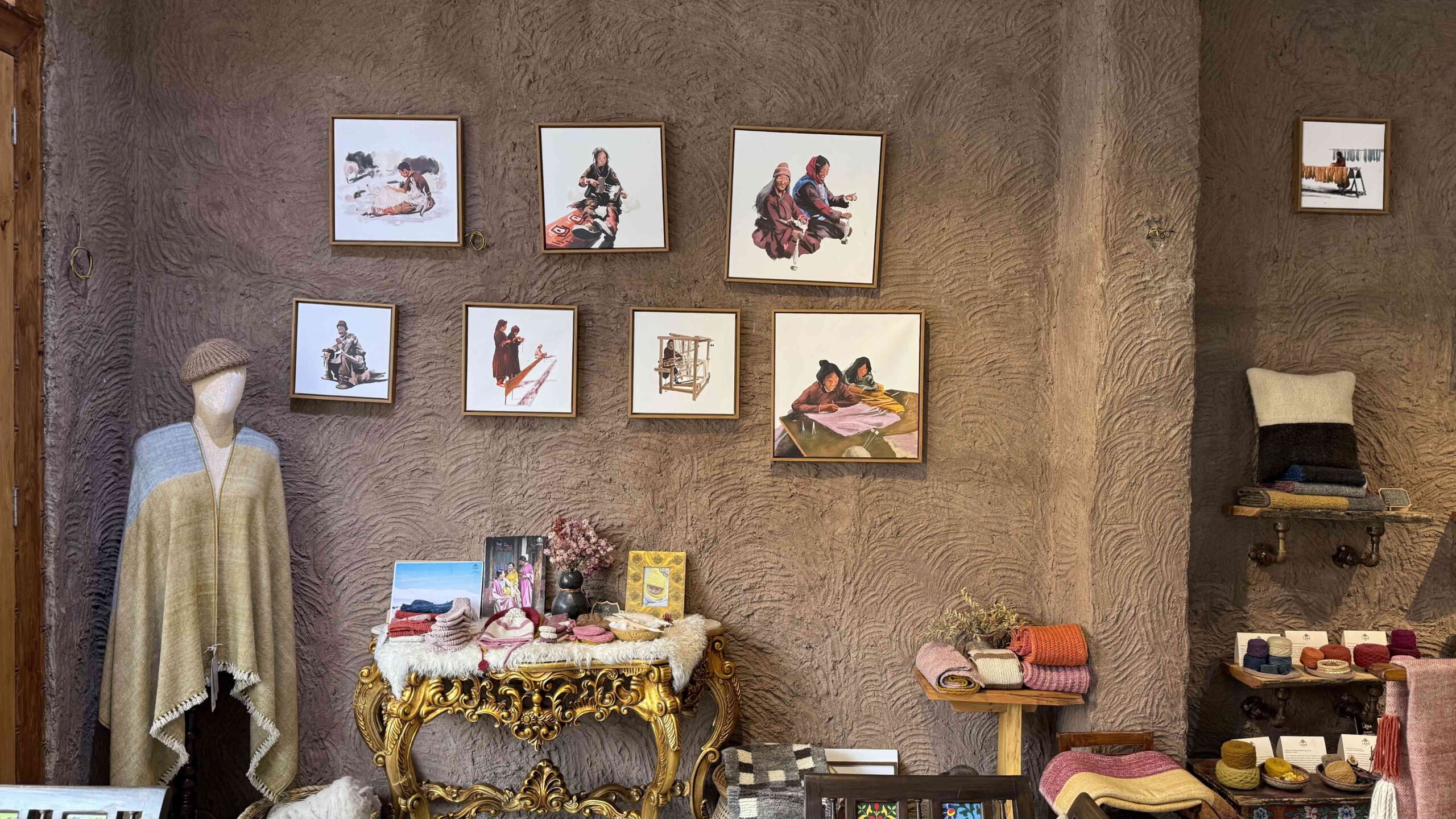
Pashmina Boutique Visit
 Arts, Crafts & Textiles
Arts, Crafts & Textiles
In the heart of Leh, Lena’s Pashmina Boutique is where Ladakh’s timeless craft meets modern design. Every shawl and stole here begins high in the Himalayas, woven from the soft fleece of Changthangi goats. Local women hand-spin, dye, and weave these threads into delicate patterns that reflect the landscape’s grace. Visiting Lena’s studio isn’t just shopping - it’s meeting the soul of Ladakhi craftsmanship, one thread at a time.
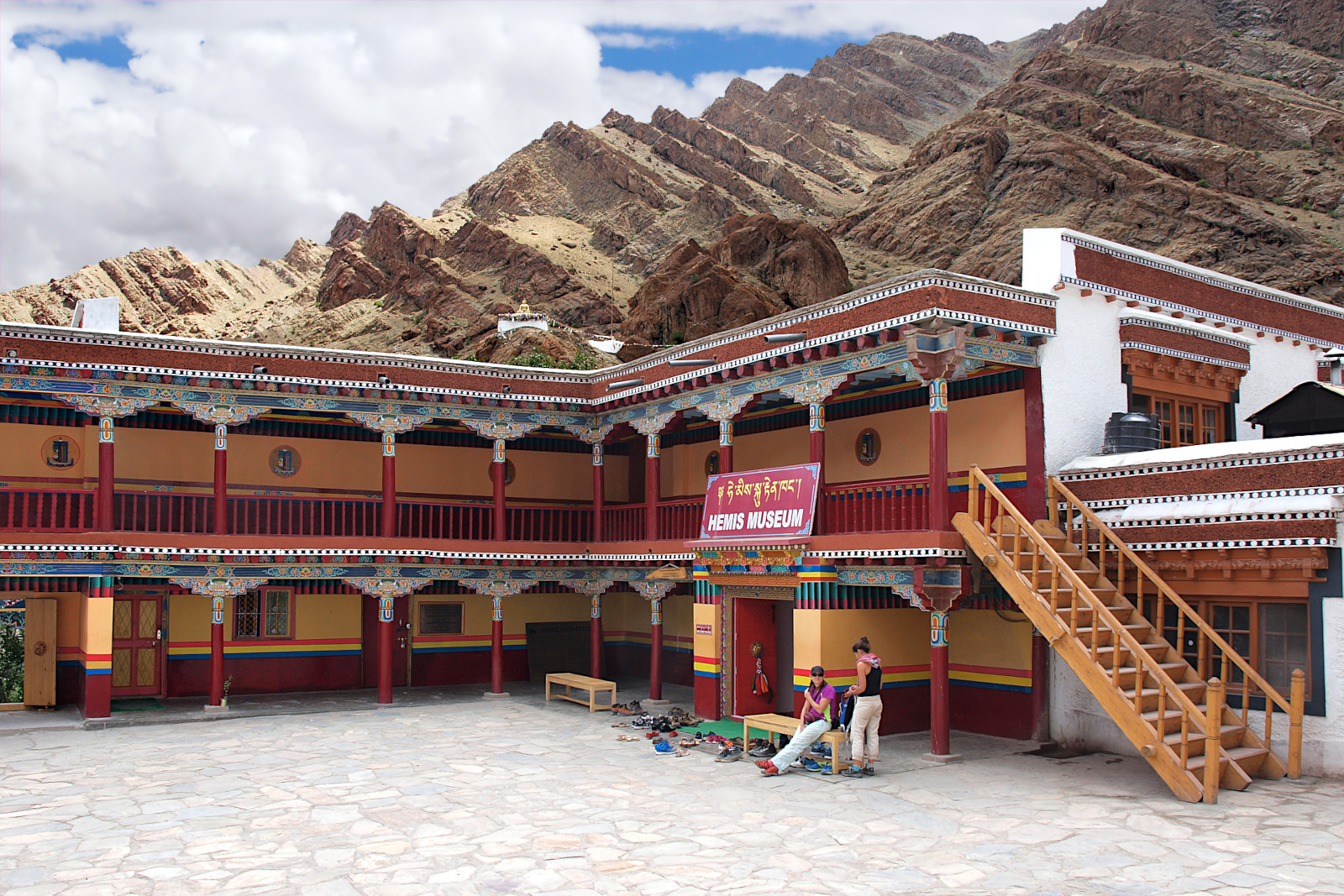
Hemis Monastery
Active Travel & Adventure
One of the region's most revered Buddhist monastic establishments, Hemis is also amongst Ladakh's biggest and perhaps one of the oldest and richest monasteries. The 17th-century monastery seamlessly fuses spirituality and craftsmanship amidst yet another peaceful landscape. The monastery's architecture marries intricate details, vivid murals, and a unique amalgamation of Tibetan and Indian influences. The central courtyard, adorned with prayer flags that flutter in harmony with the mountain breeze, serves as the heart of the monastery. The intricate woodwork, vibrant thangka paintings, and the ornate Tshogkhang assembly hall collectively create an ambiance that transcends time. Hemis also hosts one of..
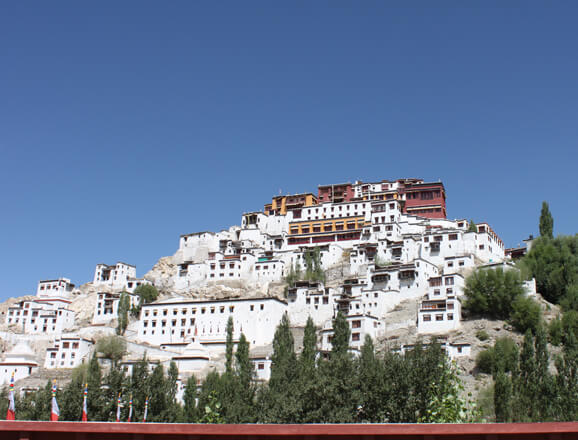
Thiksey Monastery: Early morning prayer with the monks
 Beliefs & Rituals
Beliefs & Rituals
Thiksey monastery located at 3,600 metres (11,800 ft) seems the perfect place to commune with the gods. Erected by the Tibetan Buddhists, Thiksey hosts the largest statue in Ladakh - one of Maitreya, a future avatar of Lord Buddha, still to grace the earth. For the early risers, Thiksey Monastery offers a perfect vantage point for sunrise views over the Indus Valley. This is also when the monks gather in the prayer hall, filling the air with their rhythmic chants and the scent of incense. It is an opportunity to pause, reflect, and embrace the profound sense of peace that..
Recommended Accommodations
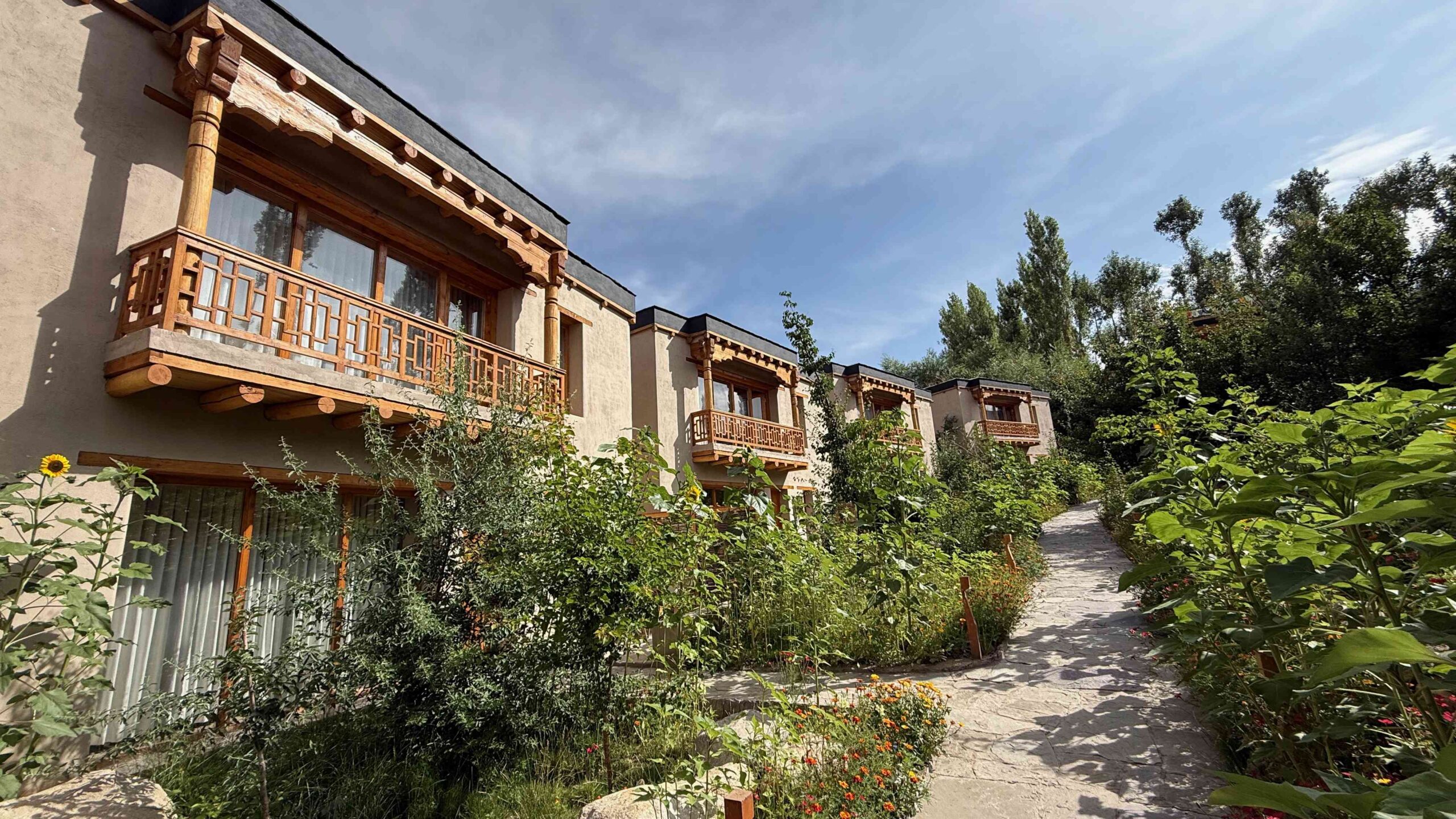
Dolkhar Resort
 Remote Experiential
Remote Experiential
Dolkhar, set on the outskirts of Leh, blends Ladakhi tradition with contemporary elegance. Built from mud, stone, and willow, it feels like a reimagined village rooted in the mountains. Solar-powered and sustainably designed, Dolkhar celebrates mindful living - from its eco-conscious architecture to Tsas, its farm-to-table restaurant that reinterprets Himalayan flavours with local grains and herbs. Here, design and nature breathe in unison, offering guests a stay that feels both grounding and deeply human.
Turtuk
Day: 4-5
After breakfast, begin the long, scenic drive to Turtuk, crossing the dramatic heights of Khardung La Pass, among the highest motorable roads in the world. Pause at Diskit Monastery, its white stupa and Buddha statue watching over the Nubra Valley, before continuing onward. Enjoy a quiet picnic lunch along the way, surrounded by vast mountain silence. Arrive in Turtuk by evening and settle into your stay. Let the rest of the day unfold at an easy pace - a time to rest, wander, or simply take in the stillness of this frontier village.
Begin your morning with an unhurried walk through Farol village, where stone houses, fields, and apricot trees paint a picture of life along India’s last frontier. Visit a restored Balti heritage home, then pause for tea at the Balti Kitchen, where stories unfold - of borders shifting overnight during the 1971 conflict, and of a community adapting with quiet grace. Return to your stay for a traditional Balti lunch, prepared with fresh, locally grown ingredients that carry the flavours of this rugged land. As the day softens, unwind with high tea by the Shyok River, surrounded by wind, sand, and silence, the kind that only the mountains can hold.
Recommended Activities
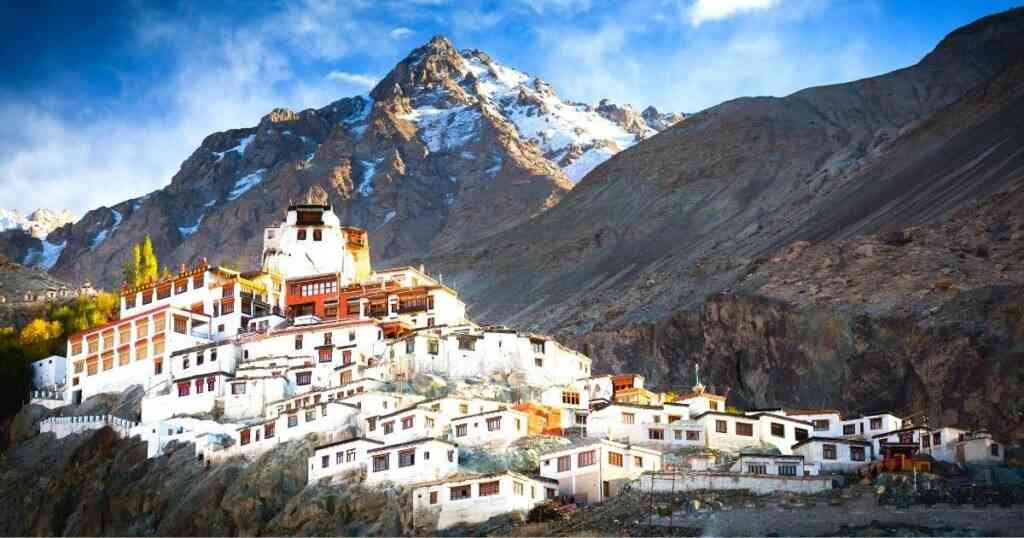
Diskit Monastery
Art & Architecture
Perched high above the Shyok River, Diskit Monastery is the oldest and largest gompa in Nubra Valley. Founded in the 14th century, it houses ancient murals, fluttering prayer flags, and a towering statue of Maitreya Buddha gazing serenely across the sand dunes below. As the morning chants rise and bells echo through the valley, Diskit feels timeless , a monastery guarding both silence and the sky.
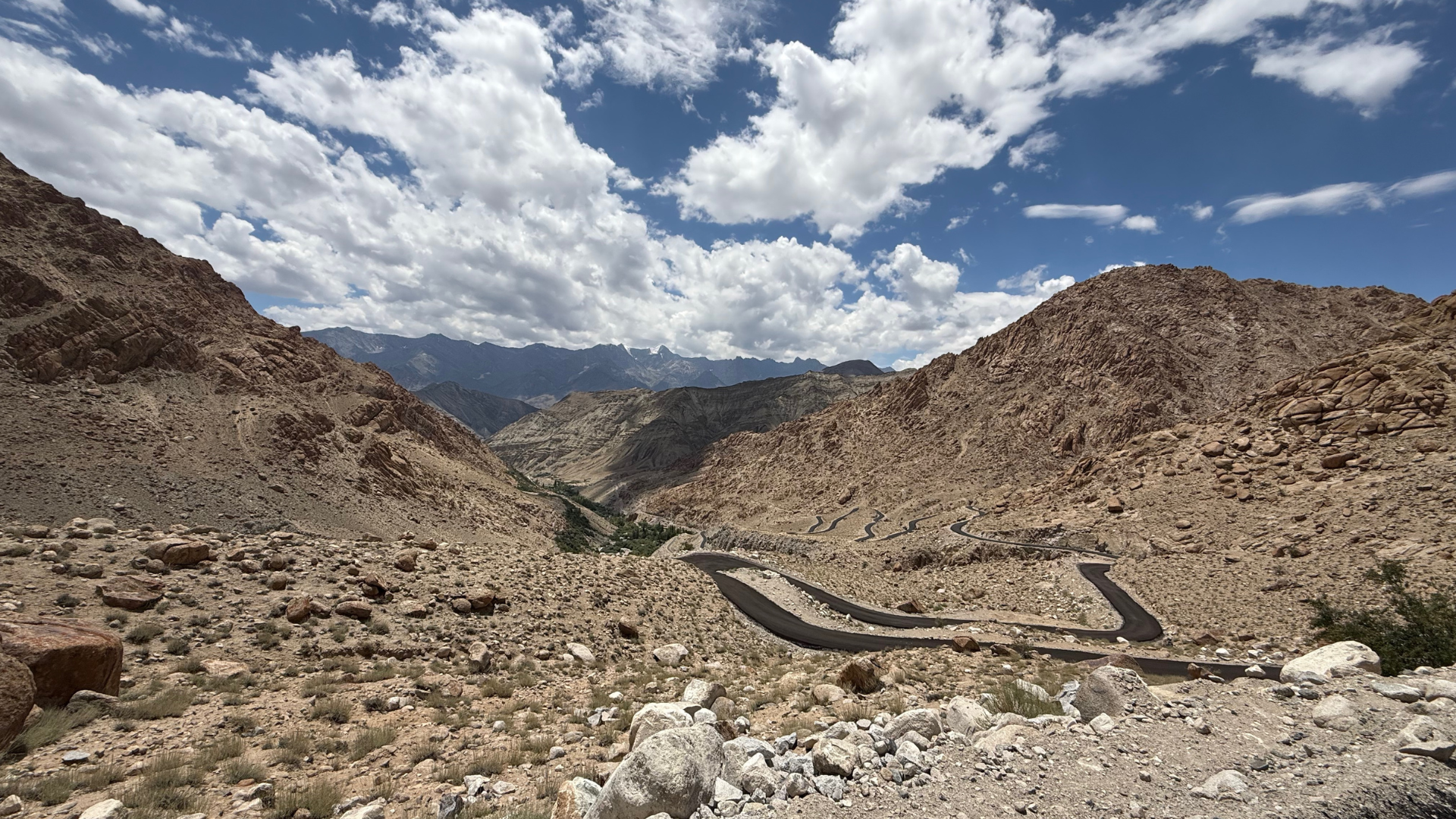
Khardung La Pass Drive
Active Travel & Adventure
At over 17,500 feet, Khardung La stands among the world’s highest motorable passes, a road where mountains seem to touch the heavens. The drive winds through snow-lined ridges, fluttering prayer flags, and shifting mists that unveil the Nubra Valley below. Every turn feels like crossing a threshold between worlds - from the known to the infinite. The air is thin, yet the silence is vast, carrying with it the timeless hum of the Himalayas.
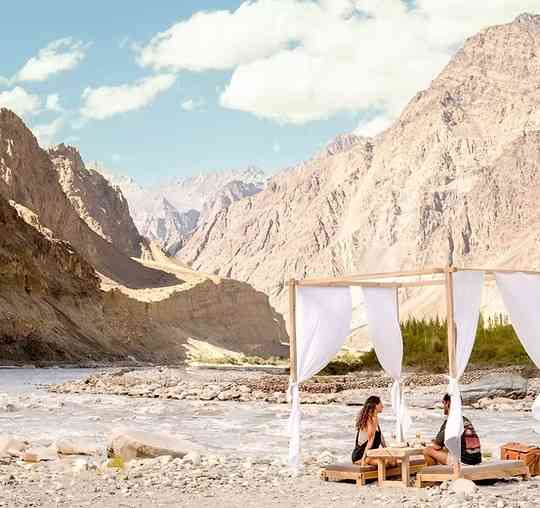
Hi-tea at Shyok river
Active Travel & Adventure
Amid the whisper of poplars and the glint of the river, high tea by the Shyok River is a pause between journeys. The table is set under an open sky, with Himalayan winds carrying the scent of sea buckthorn and freshly baked bread. As the mountains turn gold, every sip feels like time slowing - Ladakh’s quiet luxury at its purest.
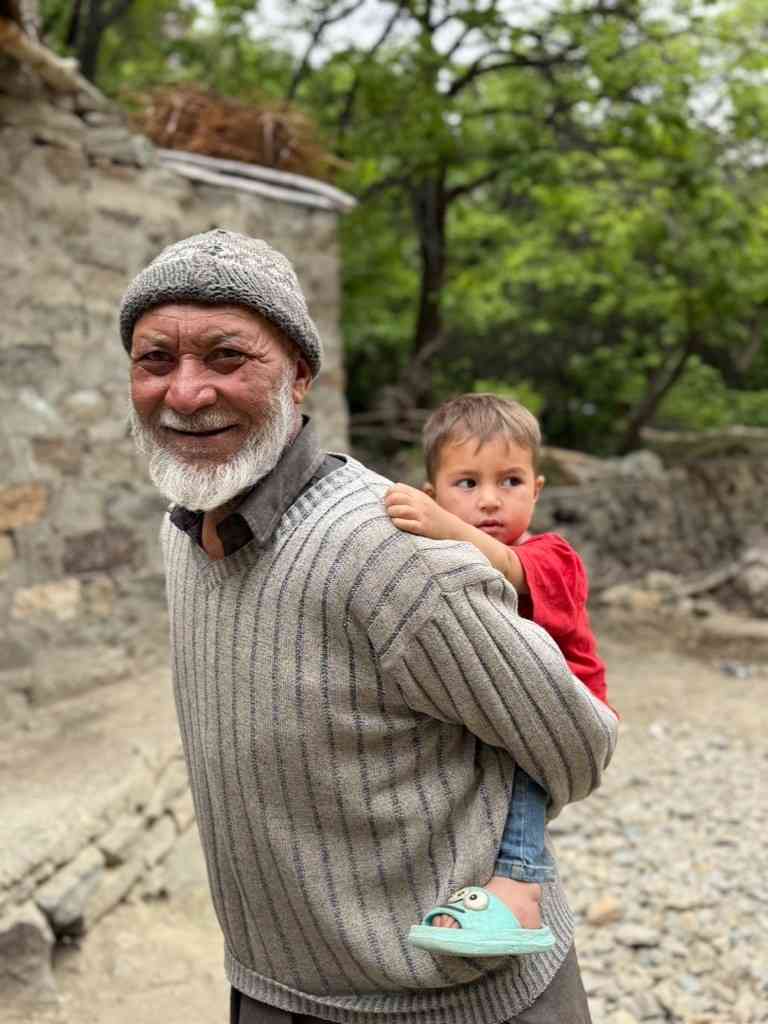
Farol Village Expedition
Active Travel & Adventure
Nestled near the edge of India’s frontier, Farol is one of the last inhabited villages before the Line of Control. The expedition to this remote hamlet is not just a journey through rugged terrain, but through resilience itself - of people who live between snow peaks and shifting borders. Here, every home tells a story of endurance, every smile carries the warmth of the mountains. It’s a meeting point of history and humanity, quietly alive in the wind.
Recommended Accommodations
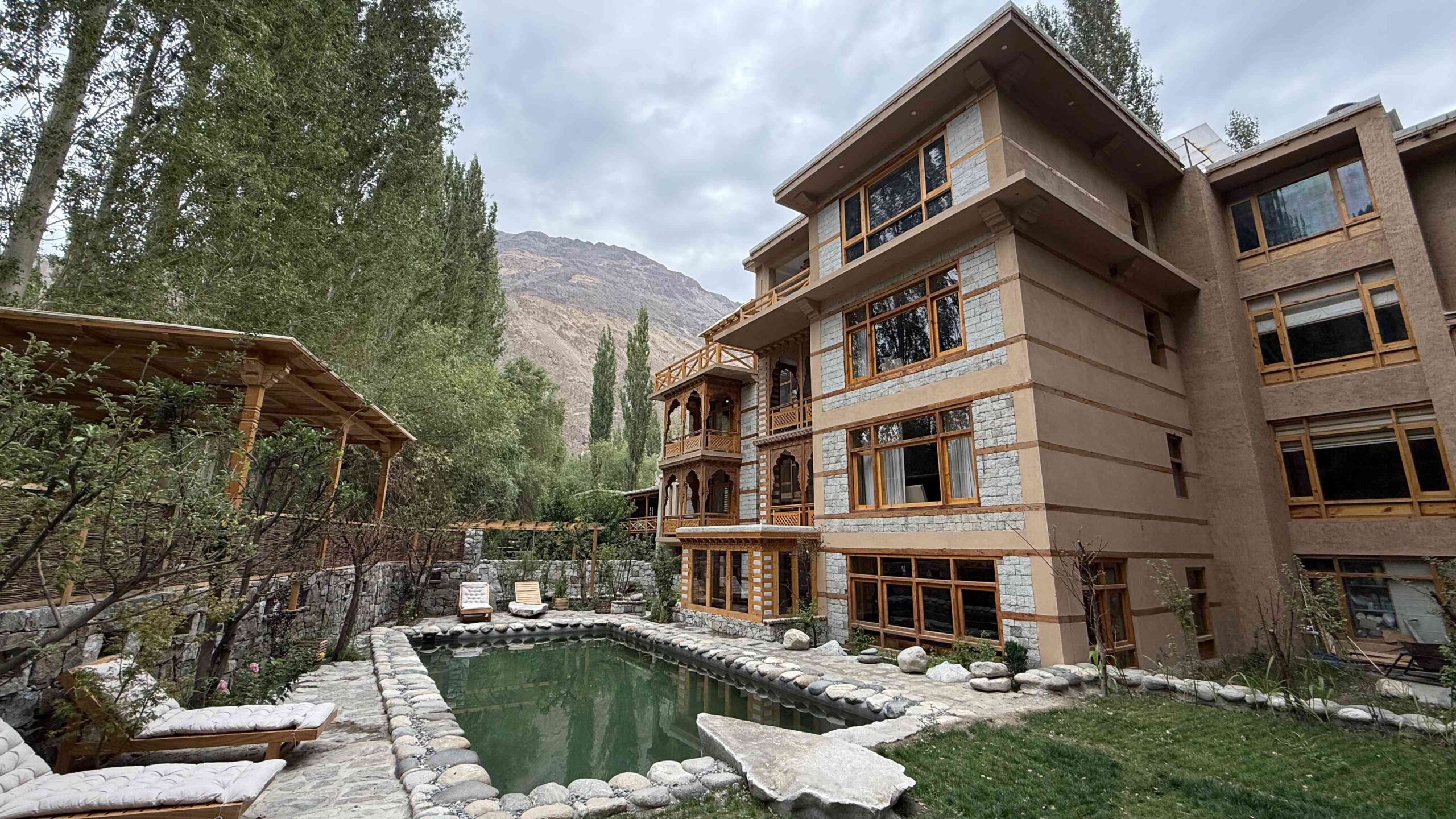
Virsa Baltistan
 Remote Experiential
Remote Experiential
Virsa, nestled in the frontier village of Turtuk, captures the quiet beauty and living heritage of Baltistan. Framed by apricot orchards and views of rugged Karakoram peaks, it’s a homestay born from community and craft. Built with local stone and wood, its design reflects traditional Balti architecture while offering modern warmth. Meals are prepared with homegrown produce, served with stories of the land and its people. At Virsa, hospitality is heartfelt - you don’t just stay in Turtuk, you become part of its rhythm, where every meal, mountain, and memory feels like a return to something timeless.
Nubra
Day: 6-8
Visit Yabgo Palace, once the summer residence of the Balti rulers - a quiet reminder of the region’s royal lineage. If fortune allows, meet the present heir who continues to preserve his family’s legacy. Alternatively, step into a weaver’s home to see traditional looms in motion, or watch a coppersmith shape glowing metal into art, each hammer stroke carrying stories of generations past. After lunch, set out on the drive to Nubra Valley, settle into your stay and let the evening unfold in stillness, as the light fades gently over the valley.
Spend the morning exploring Kyagar village, wandering through its mud-brick homes, willow groves, and fields that turn gold with barley and buckwheat. Pause at the 400-year-old Zimskhang home, where generations still live amid carved beams and stories that trace the lineage of Nubra’s heritage. Conversations here flow easily - about harvests, winters, and the quiet wisdom of mountain life. As evening settles, drive to the Sumur sand dunes for a BBQ dinner beneath the stars. The desert turns silver in moonlight, and your guide helps you trace constellations across the vast Ladakhi sky, a night where silence speaks more than words.
Begin the morning with a drive to Ensa Monastery, a quiet sanctuary perched above the Nubra Valley, its walls echoing centuries of prayer. Continue to Yarab Tso, a sacred high-altitude lake reached by a gentle 15–20 minute walk - a place locals believe reflects only the pure of heart. Enjoy a peaceful picnic lunch by its still waters before returning to your stay. In the late afternoon, visit Samstaling Monastery, where crimson-robed monks and fluttering prayer flags bring the valley’s spiritual rhythm to life.
Recommended Activities
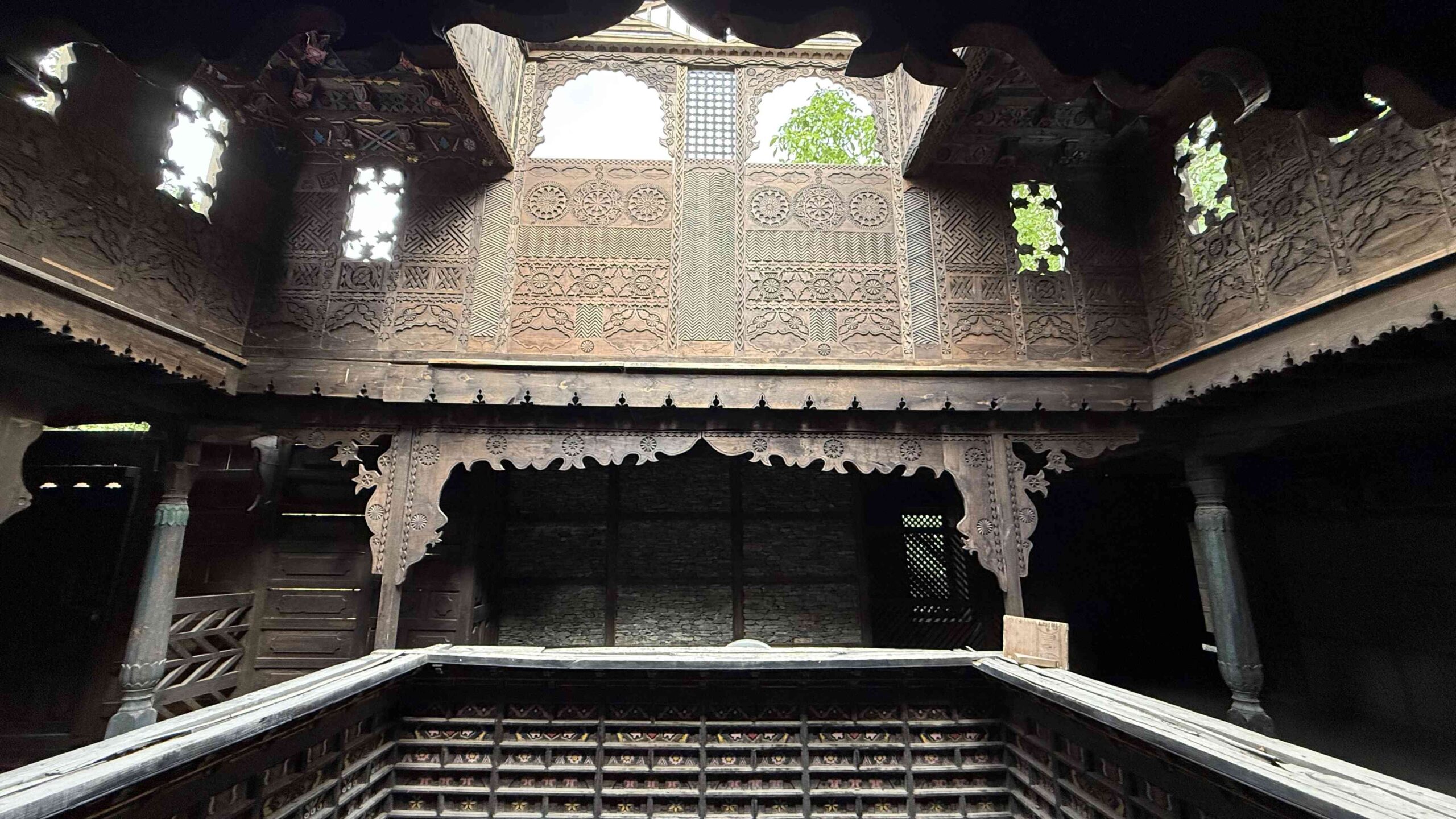
Yagbo Palace
Art & Architecture
In the heart of Turtuk, Yagbo Palace stands as a reminder of the valley’s Balti royal past. Once home to the Yagbo rulers, its carved balconies and stone courtyards still hum with stories of the Silk Route days. Today, it remains part family home, part living museum - where heritage is not displayed, but lived.
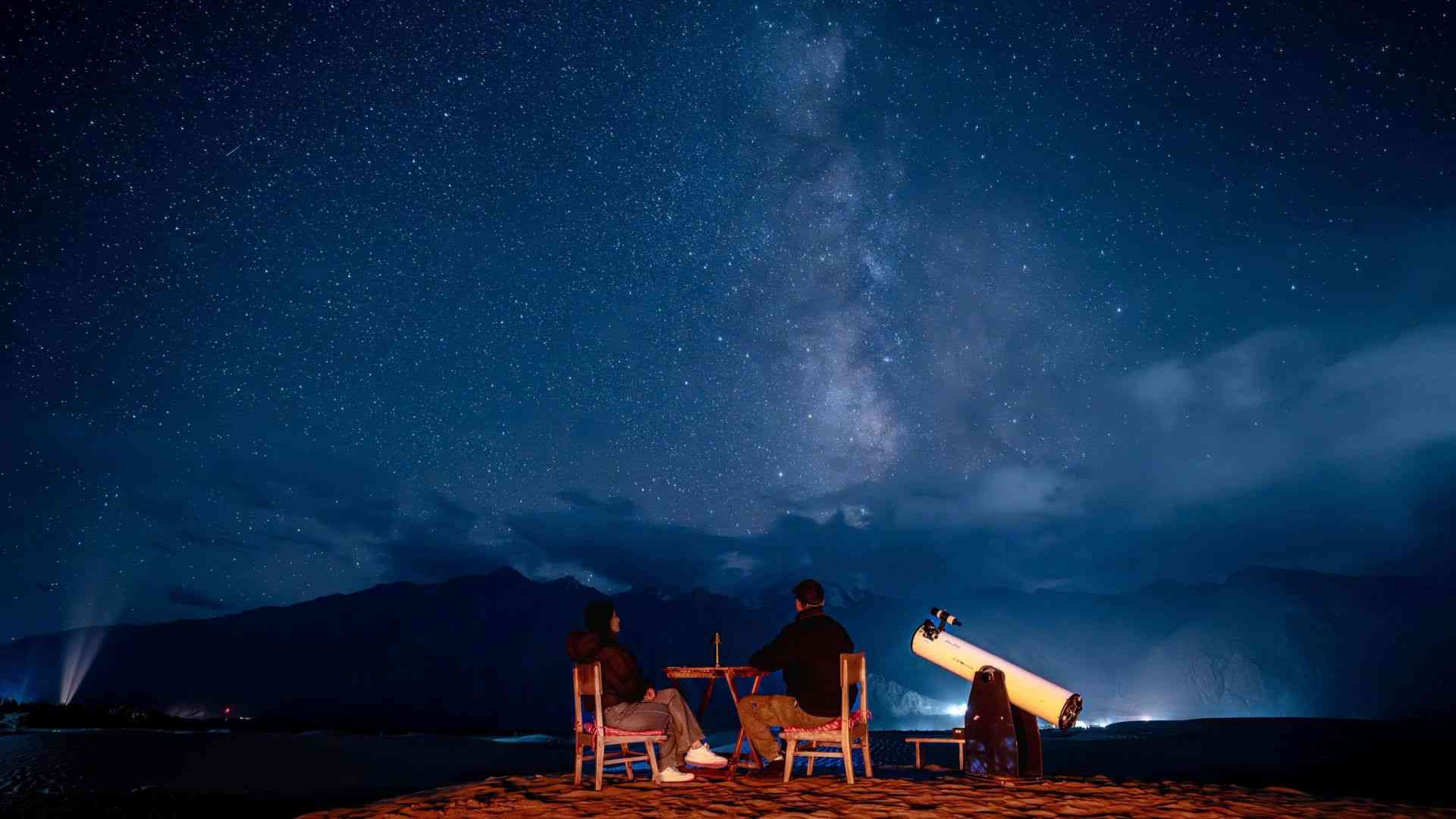
Stargazing at Nubra Valley
Active Travel & Adventure
When night falls in Nubra Valley, the world dissolves into starlight. The Milky Way spills across the sky, so vivid it seems to breathe. With no city lights to veil it, the silence deepens, broken only by the wind and the occasional bark of a distant dog. Here, you don’t just watch the stars; you remember you’re part of them.
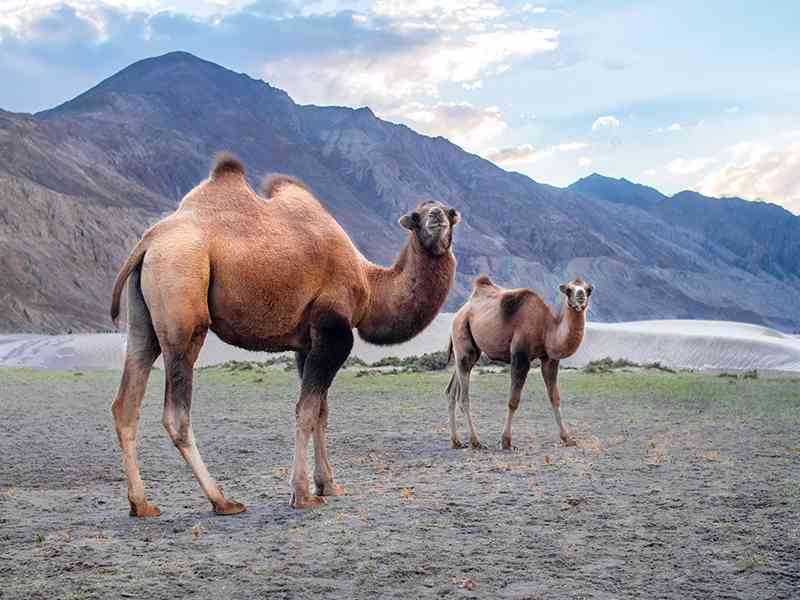
Sumur Sand Dunes
Active Travel & Adventure
At Sumur, the mountains meet the desert. Golden dunes roll beside the Shyok River, where camels move like shadows at dusk. The wind hums through the sands, carrying tales of traders and pilgrims who once crossed this valley. Under fading light, the desert feels less like emptiness and more like eternity.
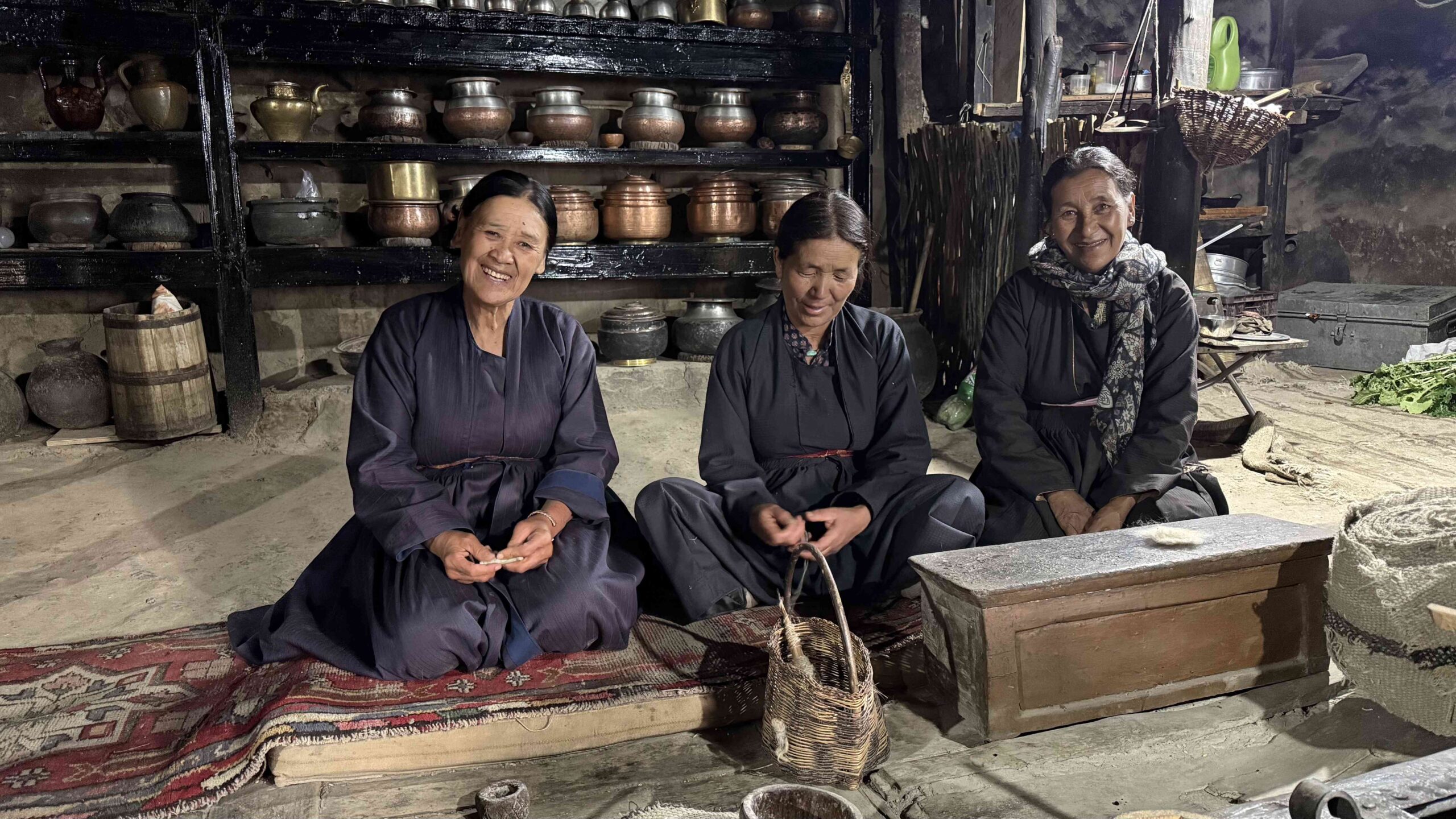
Zimskhang Home Visit
Art & Architecture
Nestled in the heart of Nubra, Zimskhang Home is a 400 years old, restored Ladakhi residence that welcomes travelers like kin. With its sunlit courtyards, mud-brick walls, and handcrafted interiors, it bridges tradition and comfort. Meals are home-cooked, stories are shared by the hearth, and silence becomes a companion.
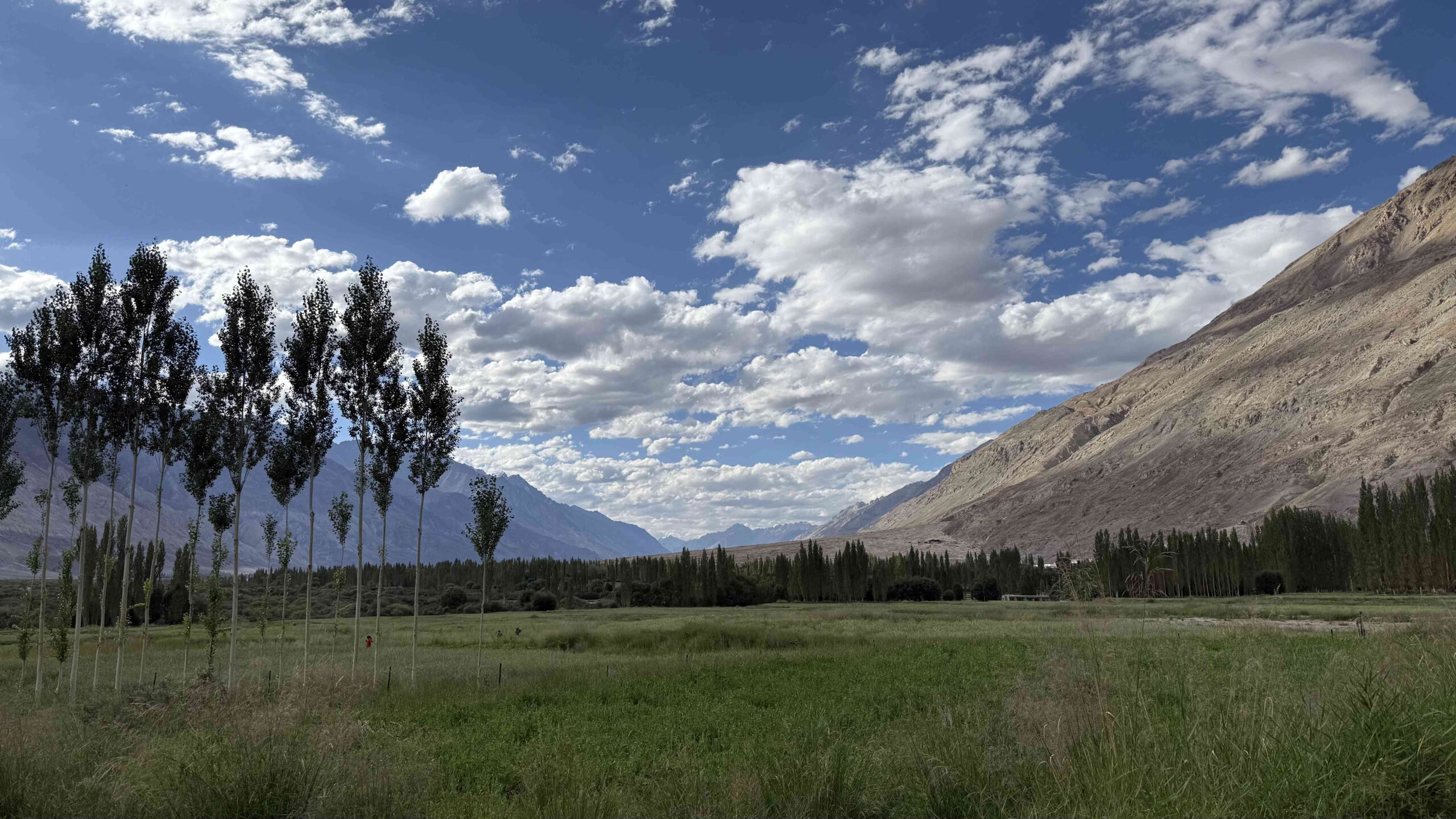
Kyagar Village
Active Travel & Adventure
Fringed by willows and snow peaks, Kyagar Village rests quietly on the banks of the Siachen River. Here, Ladakh’s desert softens, the air sweet with sea buckthorn and apricot blossom. Life moves to an older rhythm: women weaving, children herding, prayer wheels turning with the wind. It’s where simplicity becomes grace.
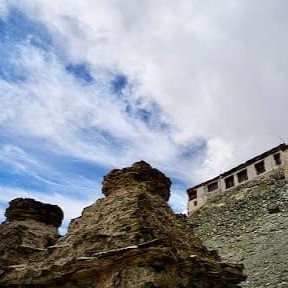
Ensa Monastery
Active Travel & Adventure
Ensa is a 250-year-old Geluk monastery perched atop a hill overlooking the Nubra Valley. In the 18th century, it started as a small hermitage and became a prominent religious center. The walls of the assembly hall are adorned with vibrant frescoes depicting scenes from the life of Buddha and other important figures in Tibetan Buddhism. Locals believe that this was the meditation retreat of Sherab Zangpo, one of the six main disciples of Je Tsongkhapa, founder of the Geluk school of Tibetan Buddhism. One of its prayer halls also homes a sacred footprint attributed to Dachompa Nyima Gungpa, a monk..
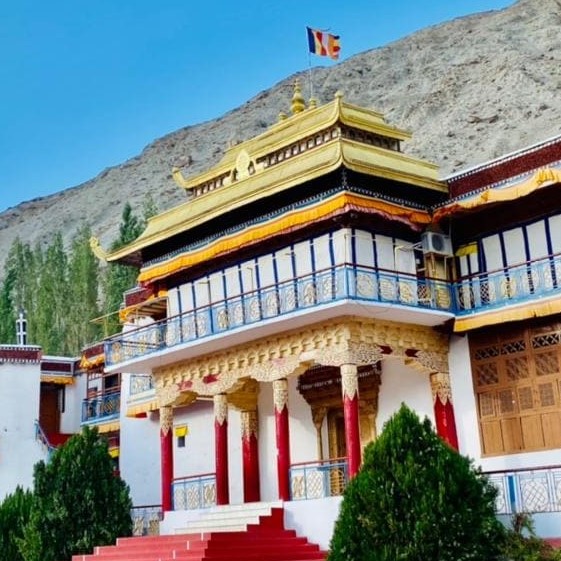
Samstanling Monastery
Active Travel & Adventure
Situated in the serene landscapes of Nubra Valley, Samstanling monastery's tranquil ambiance and unadorned beauty are unlike other monastic sites of Ladakh. This late 19th-century monastery is known for its simplicity in its architecture and surroundings. Though modest, the monastery's main hall exudes an air of peacefulness that draws visitors seeking solitude and spirituality. Samstanling Monastery also hosts a monastic school, often called a 'gompa' or 'chapel,' where young monks receive their education in Buddhist philosophy, rituals, and traditions. Image Credits: Lchang Nang Retreat
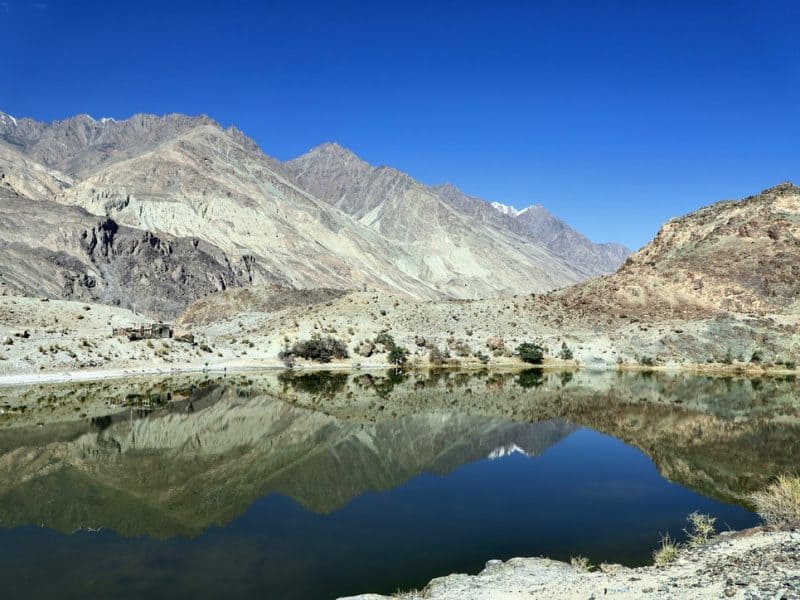
Lohan Tso
Active Travel & Adventure
Also known as Yarab Tsho, this high-altitude lake is believed to have formed many centuries ago, adding to its mystique. Its crystal-clear waters mirror the cerulean skies above, creating a breathtaking reflection. This relatively untouched natural wonder ensures a peaceful retreat, making it an ideal spot for those seeking solace and a connection with nature. Image credit: Lchang Nang Retreat
Recommended Accommodations

Lchang Nang Retreat – The House of Trees
 Remote Experiential
Remote Experiential
Lchang Nang, meaning “House of Trees,” rests quietly on the banks of the Siachen River in Nubra Valley, surrounded by poplar groves, apricot orchards, and the vast silence of the high Himalaya. Built from mud, stone, and willow, its cottages reflect traditional Ladakhi architecture while embracing contemporary comfort. Solar-powered and sustainably designed, the retreat celebrates mindful living - from farm-fresh meals crafted with local produce to immersive village walks and stargazing under crystal-clear skies. At Lchang Nang, every sunrise feels sacred, every breeze a reminder that harmony with nature is not luxury, but a way of life.
Nimmoo
Day: 9-10
Take a scenic drive to Nimmoo village, crossing the breathtaking Wari-La Pass. Stay at Nimmu House - a beautifully restored Ladakhi mansion turned heritage hotel that blends traditional charm with quiet Himalayan elegance.
Visit Alchi Monastery, one of Ladakh’s oldest and most exquisite monastic complexes. Built on flat ground rather than a hilltop, it stands apart for its Indo-Tibetan architecture and 11th-century wall paintings that still glow with quiet devotion. After lunch, take an unhurried walk through Nimmoo village, observing everyday Ladakhi life - fields, prayer walls, and mud-brick homes shaped by centuries of resilience. Optional experiences such as a visit to Basgo Fort, downhill cycling, or rafting on the Indus can be arranged on request.
Recommended Activities
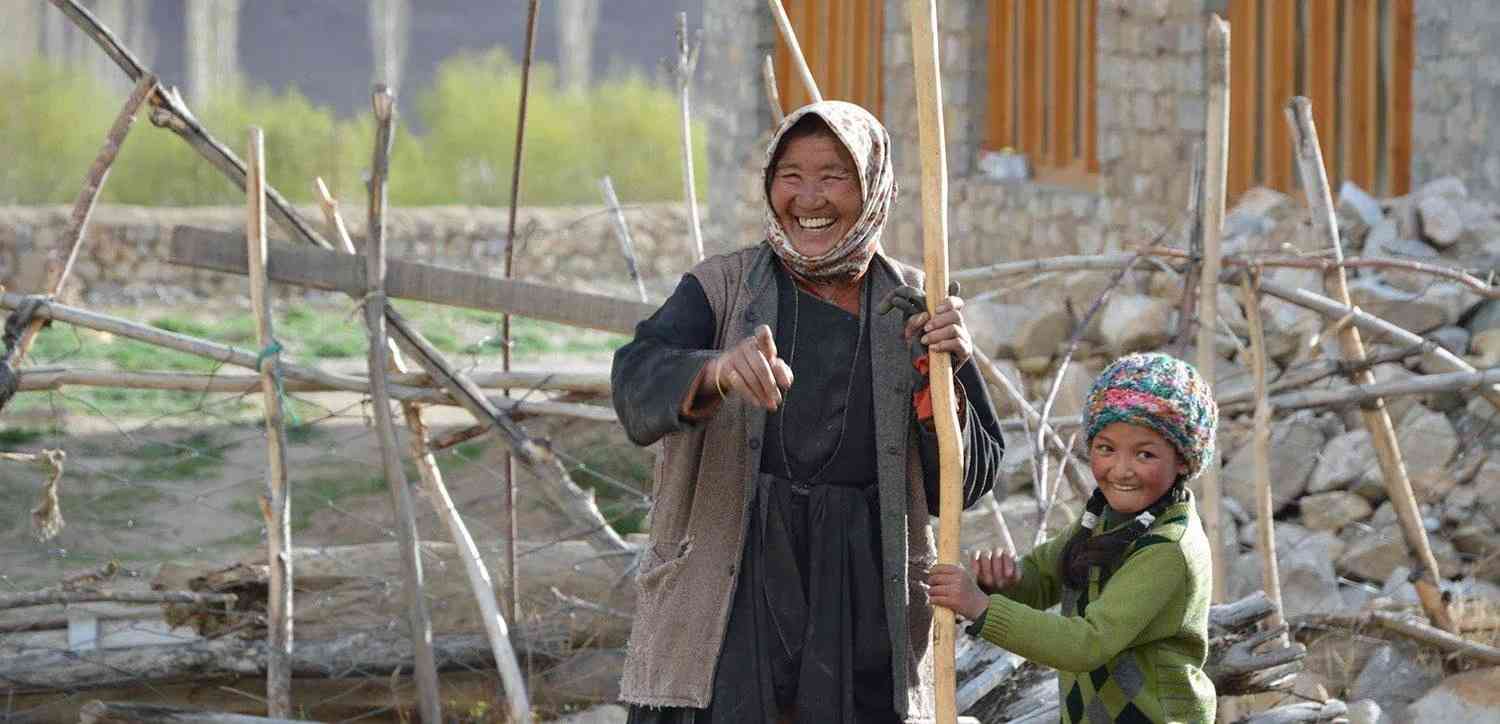
Nimmoo Village Expedition
Active Travel & Adventure
At the confluence of the Indus and Zanskar rivers lies Nimmoo, a village that feels both timeless and alive. Once a crucial stop for caravans on the Silk Route, it still hums with the quiet rhythm of trade and tradition. Apricot orchards bloom beside mud-brick homes, prayer flags sway over barley fields, and the laughter of children echoes across the riverbanks. Exploring Nimmoo isn’t just a visit, it’s a glimpse into Ladakh’s living heritage, where the mountains hold stories and every turn reveals a piece of peace.
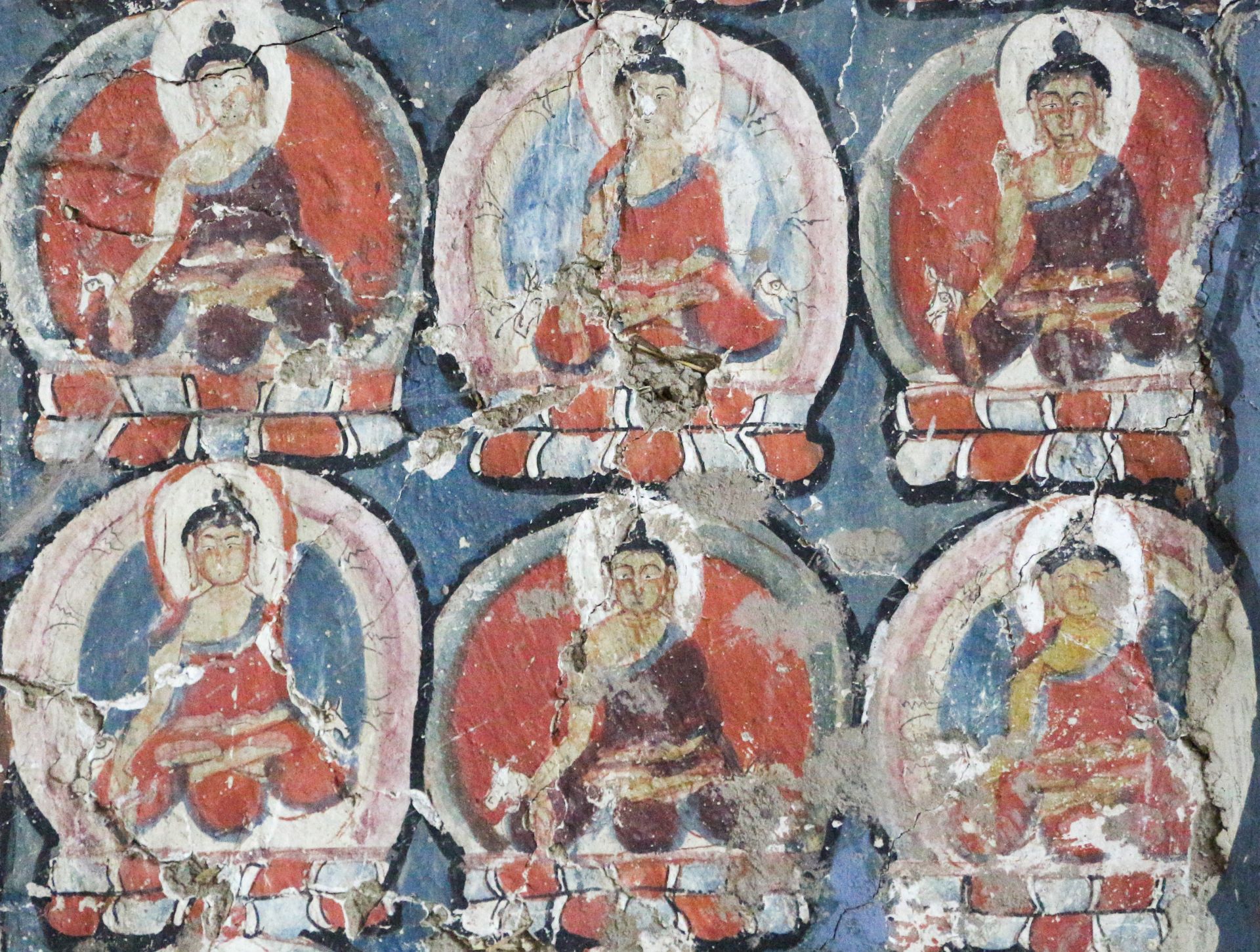
Alchi Monastery
Art & Architecture
Alchi Monastery, known for its remarkable frescoes and well-preserved sculptures. The intricate artwork found here serves as a window into the past, offering insights into the religious and artistic practices of the time. The monastery's murals, adorned with intricate detailing and vivid colors, depict various aspects of Buddhist teachings, history, and mythology. The local tradition and the records borne by the inscriptions differ on the builder of the monastery yet ascribe the date between 958 and 1055 – making it the region's oldest monastery. Alchi Kitchen nearby is the first Ladakhi restaurant to be featured by National Geographic. Enjoy a..
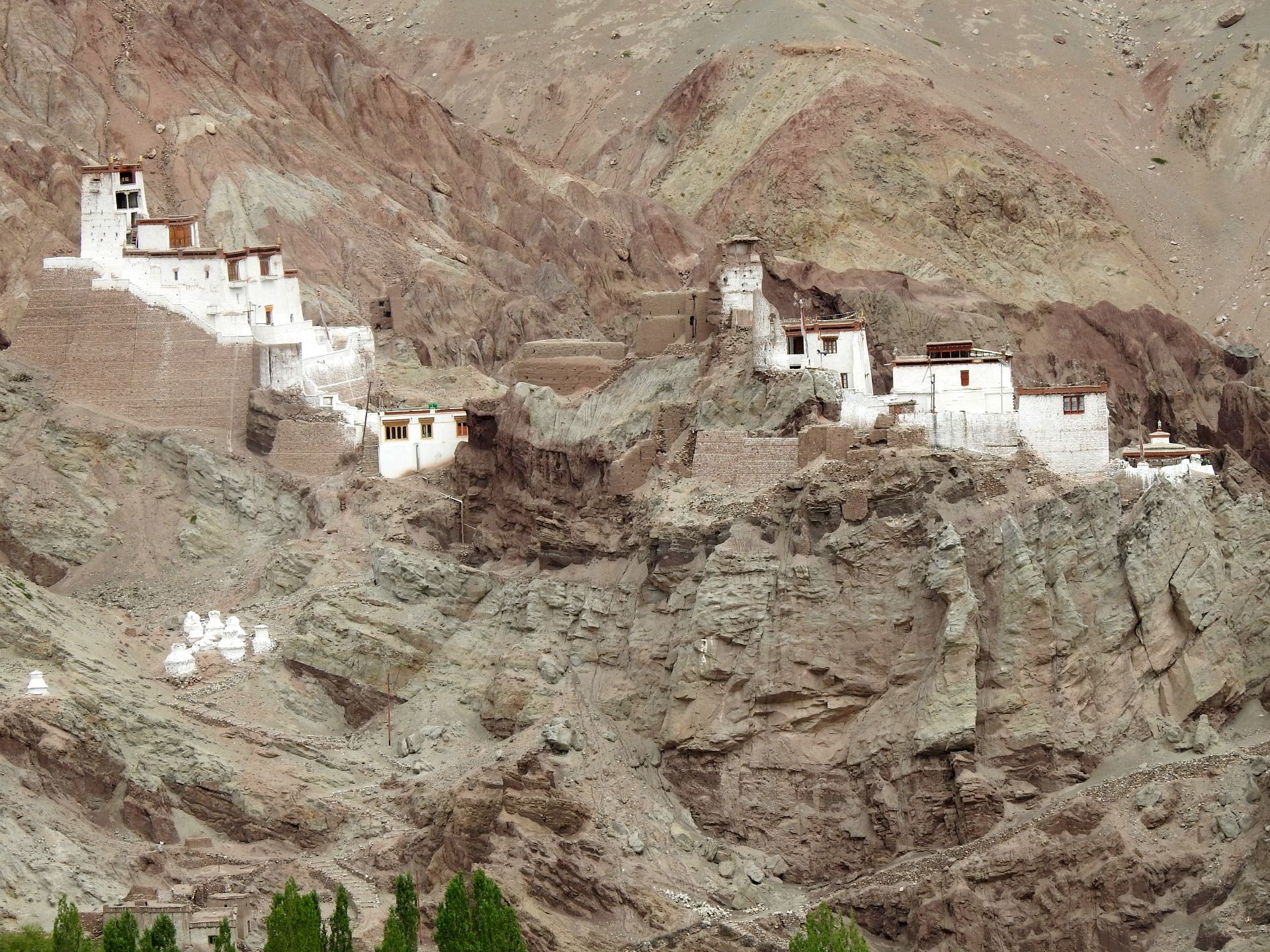
Basgo Ruins
Active Travel & Adventure
Basgo village, located strategically at the juncture of Upper and Lower Ladakh, was a pivotal part of the ancient Silk Route as a pit stop for traders. The remnants of the thriving erstwhile city – its ancient fort, royal palace, administrators' residences, chortens, and three Maitreya Buddha monasteries built in the 16th century – sit in ruins at the edge of the barren plateau. In the village below, the people are dedicated to preserving whatever is left of the once-rich heritage. From traditional techniques of managing and conserving their built heritage to initiating restorative efforts, they have been on a..
Recommended Accommodations

Nimmu House
 Remote Experiential
Remote Experiential
Nimmu House, the biggest house in the Nimmoo village, has rooms that stretch out towards two Buddhist temples. The property includes a stable with yaks, dzos, cows and goats, terraces and an orchard with hundreds of fruit trees like apricot, apple, walnut, making for a charming accommodation blending rustic with luxury!
New Delhi
Day: 11
Be driven to Leh Airport for your onward flight to Delhi.
Ulley | Rumbak | Dras
Day: 12
Optional Extension: Wildlife Tracking in Ladakh Extend your journey into Ladakh’s high-altitude wilderness with seasonal wildlife experiences. In spring, explore the valleys where Himalayan brown bears emerge from hibernation, and in winter, follow expert trackers into the snow leopard corridors of Rumbak and Ulley. This optional extension deepens your connection to the land, offering a rare insight into Ladakh’s living ecosystem and its most elusive inhabitants.
Recommended Activities
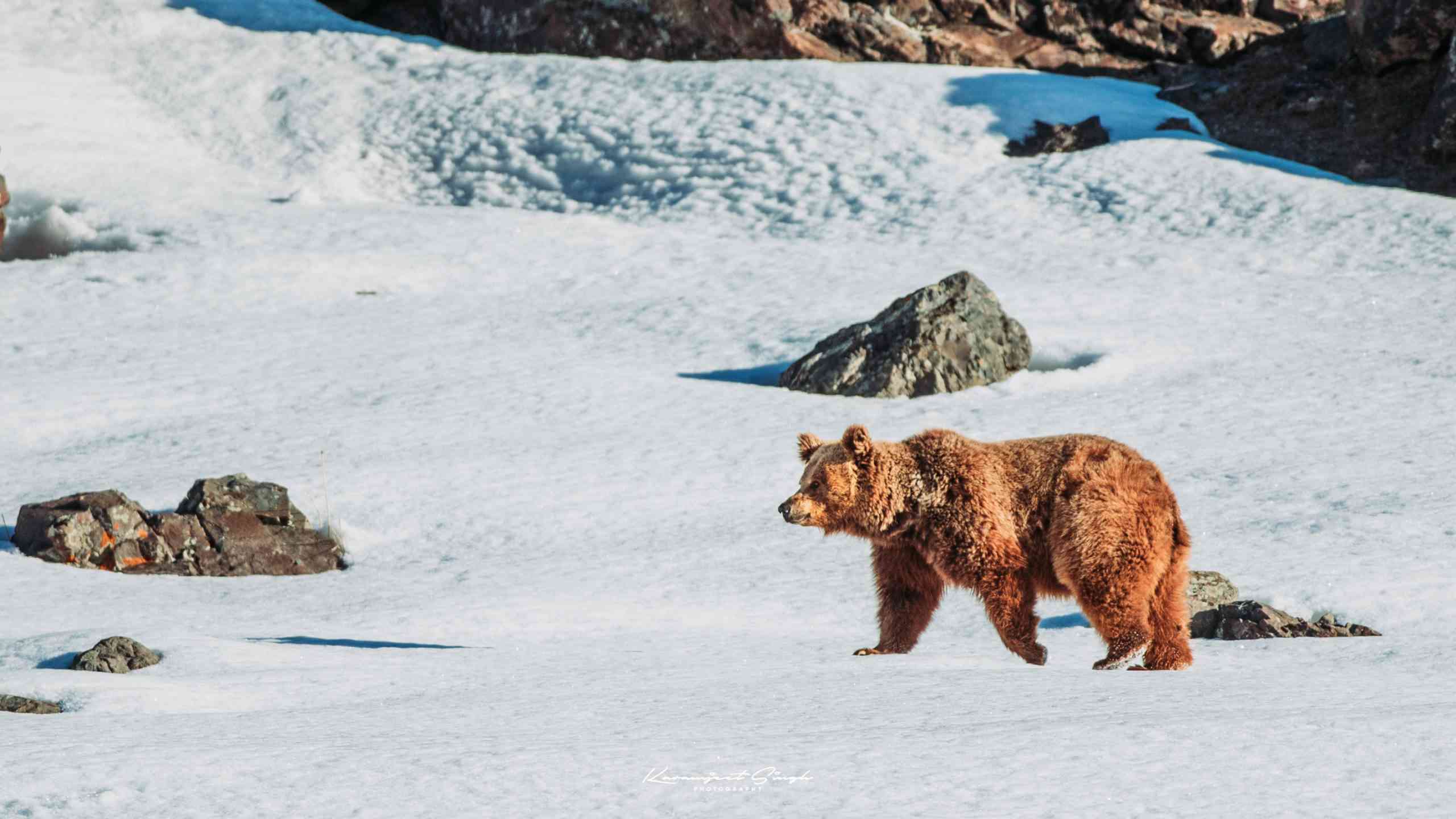
Brown Bear Tracking in Dras
Active Travel & Adventure
In early spring, the high-altitude valleys of Dras come alive as Himalayan brown bears awaken from hibernation. Guided excursions take you across alpine meadows and rocky outcrops where these magnificent creatures forage, offering one of the rarest seasonal wildlife spectacles in the Indian Himalaya.
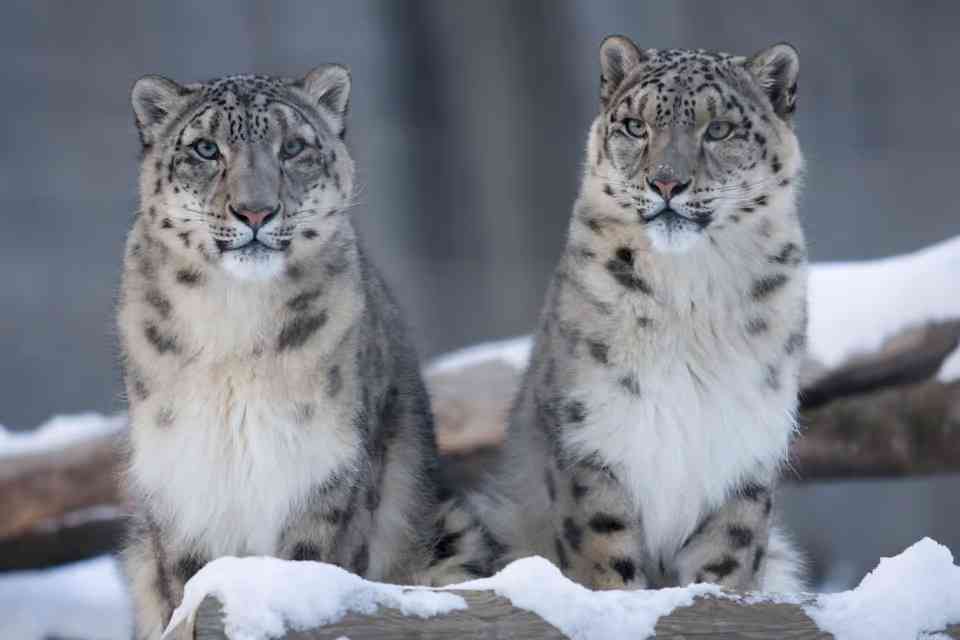
Snow Leopard Tracking in Ulley or Rumbak
Active Travel & Adventure
Journey into the silent wilderness of Ladakh’s high ridgelines, where snow leopards traverse ancient pathways. With expert trackers and spotting scopes, you follow fresh pugmarks across snowfields and cliffs, witnessing the raw drama of predator and prey in a habitat shaped by wind, prayer flags, and timeless stillness.
Recommended Accommodations
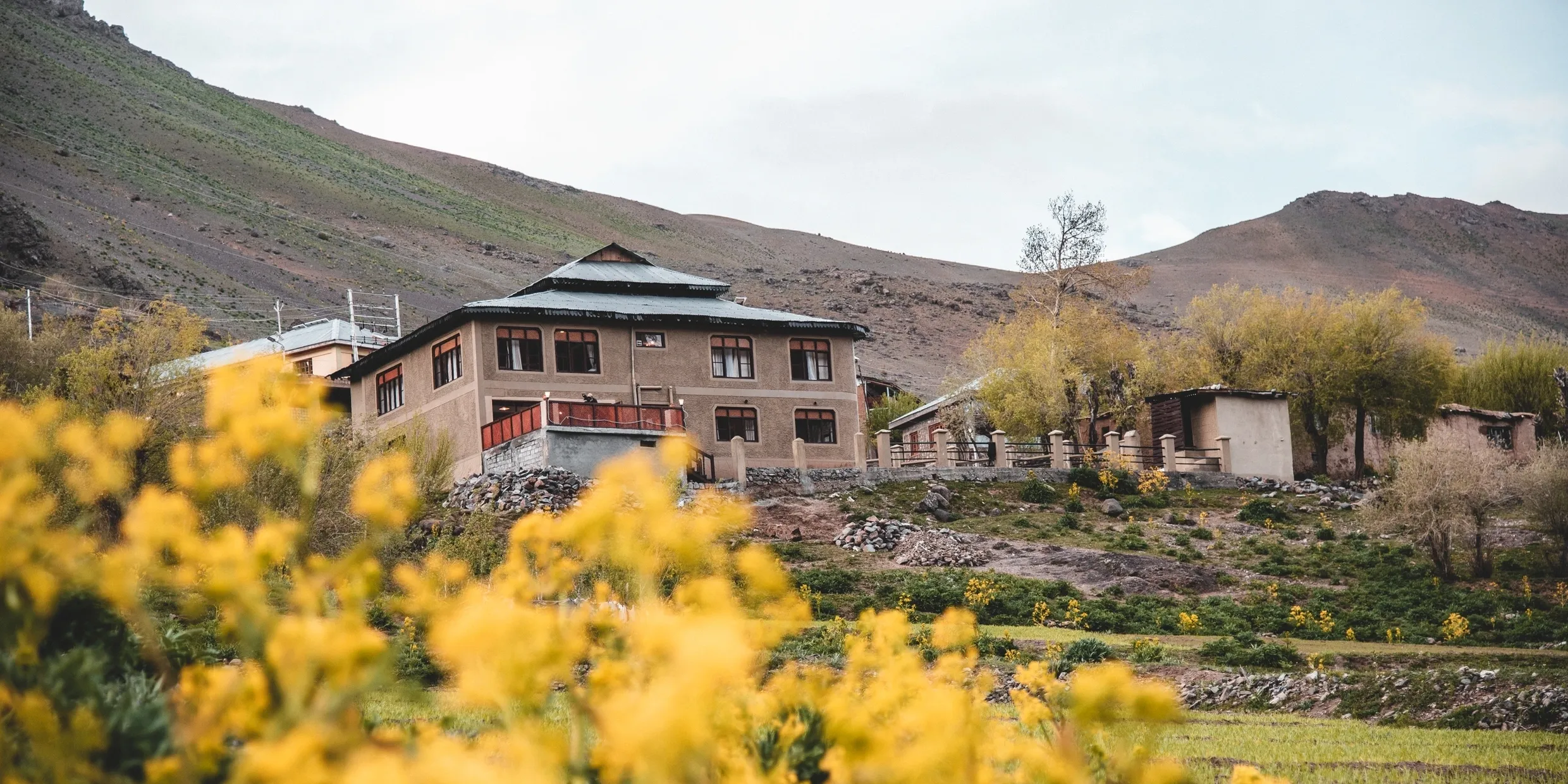
Drenmo Lodge
 Remote Experiential
Remote Experiential
Nestled in the highland village landscape of Dras, Drenmo Lodge offers an intimate Himalayan retreat surrounded by panoramic snow peaks and open alpine valleys. Designed for nature-led immersion, the lodge provides warm Ladakhi hospitality, local cuisine, and seamless access to prime brown bear habitats, making it an ideal base for spring wildlife expeditions rooted in community and conservation.
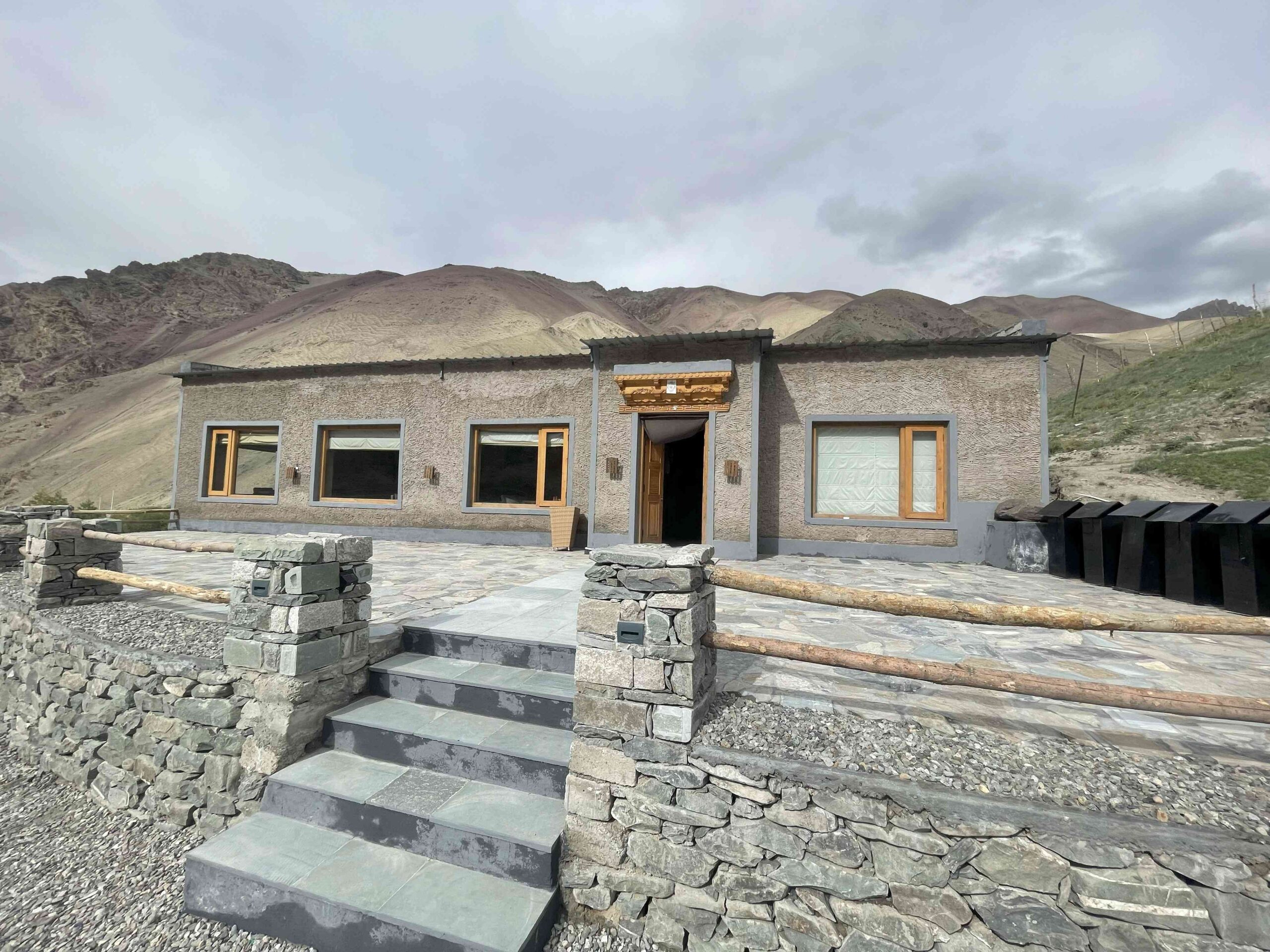
House of Rumbak
 Remote Experiential
Remote Experiential
Tucked deep within Hemis National Park, House of Rumbak offers a rare wilderness stay in the heart of snow leopard country. Built in the traditional Ladakhi style of mud and stone, its cottages open to sweeping views of jagged peaks and silent valleys. Warm interiors, local cuisine, and the soft crackle of wood stoves create a sense of quiet refuge. Here, days unfold at nature’s pace - tracking wildlife with expert guides, sharing stories by the hearth, and waking to the stillness of a landscape where time itself seems to pause.
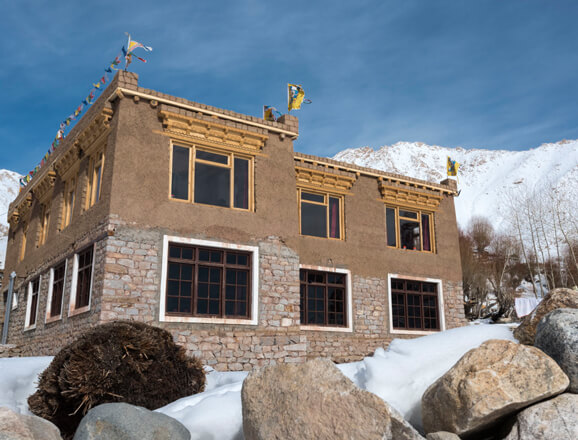
Snow Leopard Lodge
Wildlife Lodges
Ladakh’s only dedicated, all-year-round wildlife lodge, the Snow Leopard Lodge is one among a handful of wood and stone cottages in the Ulley village. It was started as a homestay to harness tourism revenue for the local community, and was then taken over by Kaafila Camps to promote the exclusive snow leopard experience. Ulley is part of the high altitude pastures, where the ibex and urial roam free - the snow leopard’s prefered prey species. It has gained a reputation for snow leopards, as also for sightings of Tibetan wolf, red fox, bearded vulture and golden eagle. In winters, the..
Your Journey Awaits...
Share your details below and we’ll be in touch!

215, Qutab Plaza, DLF Phase 1, Gurugram, Haryana - 122002, India
contact@travelscopeindia.com
+91 124 499 9499
COPYRIGHT © TRAVEL SCOPE 2025




